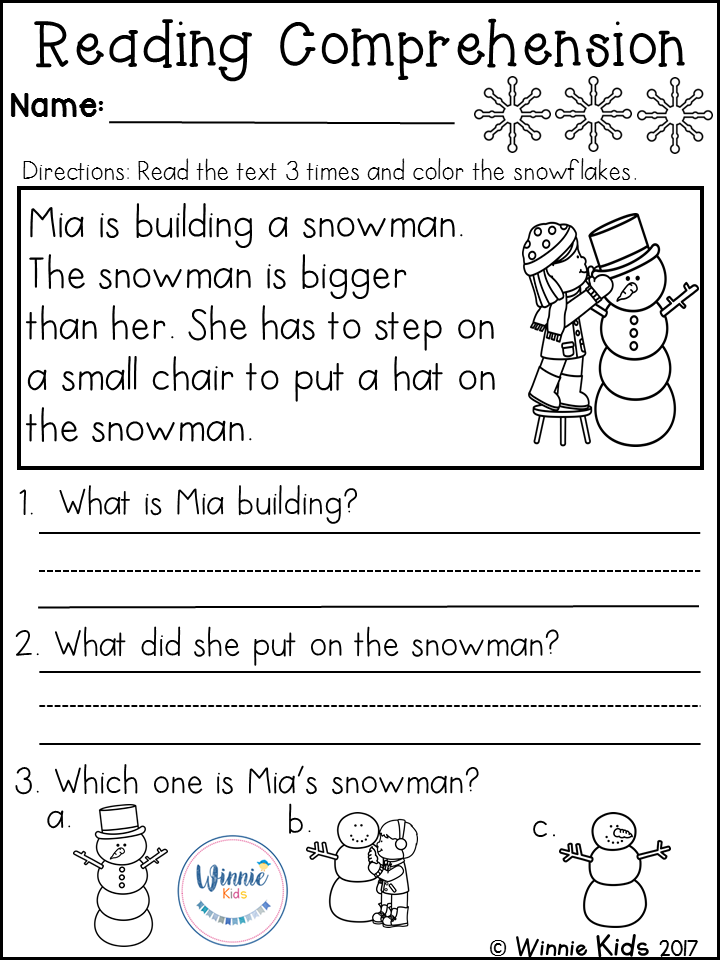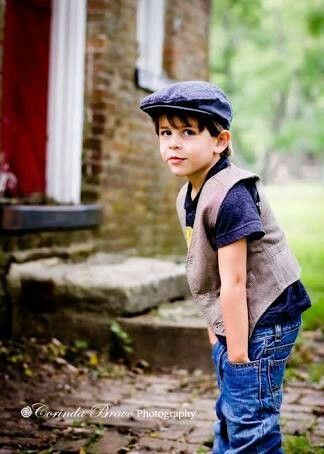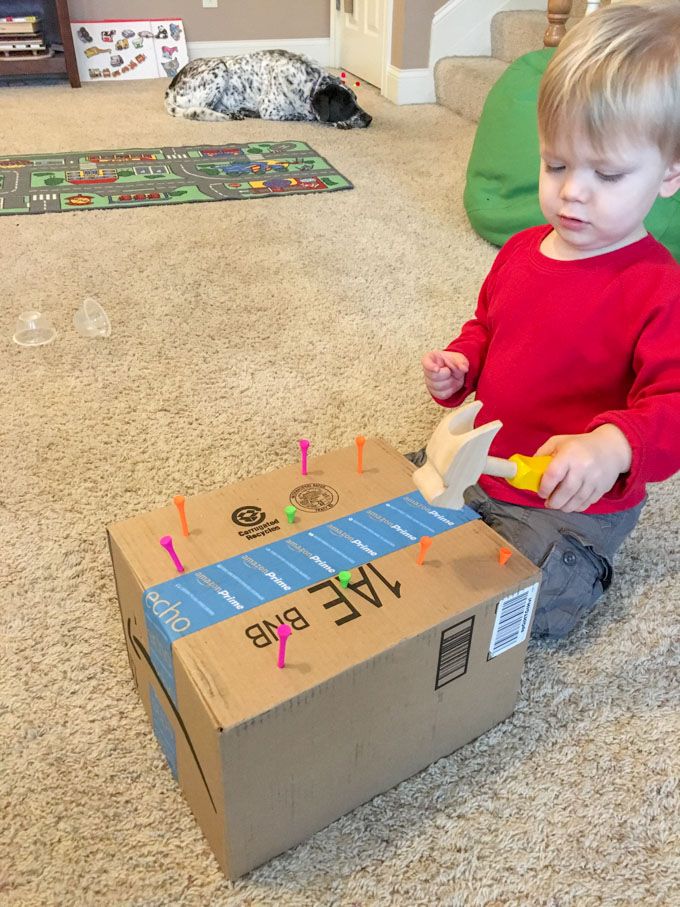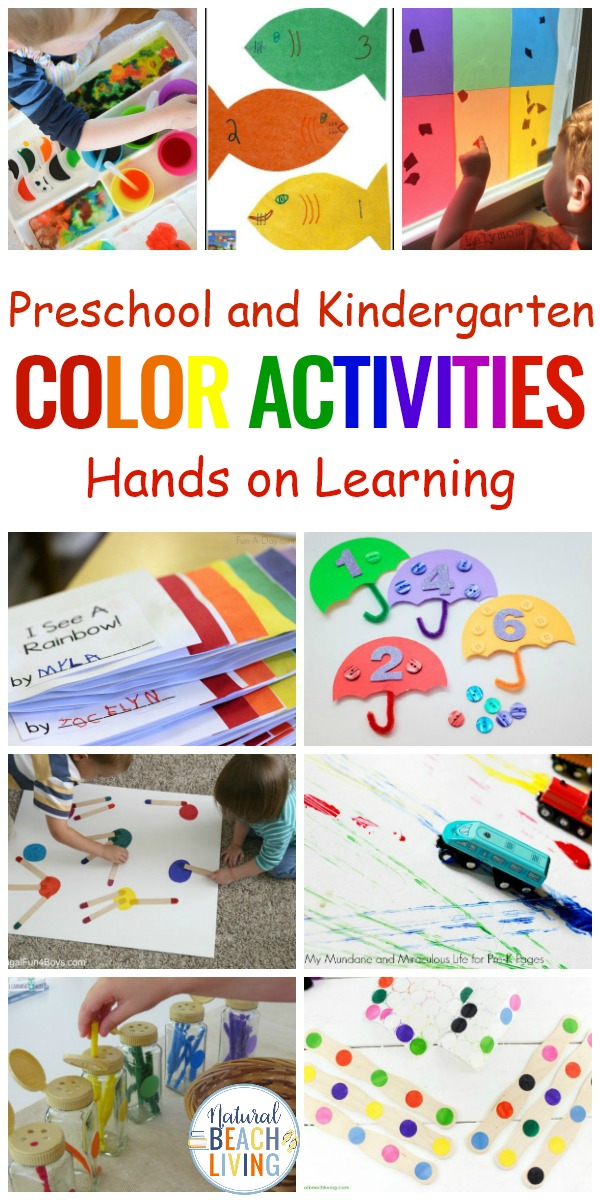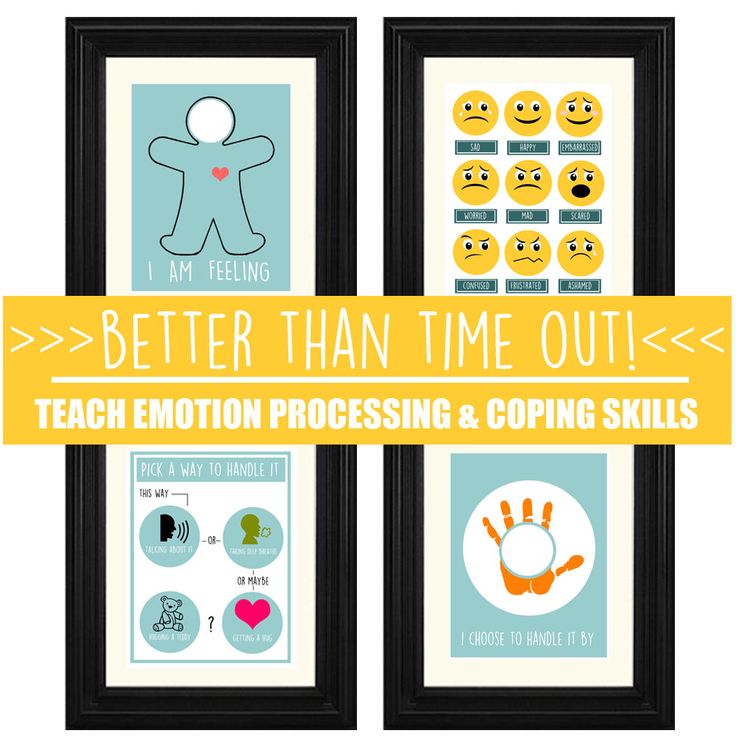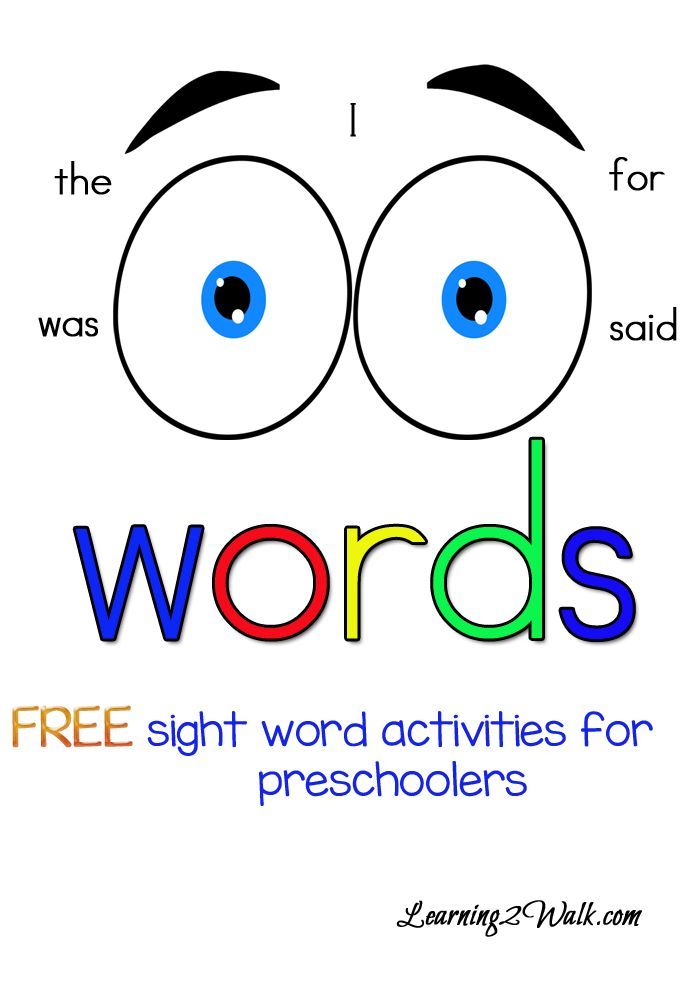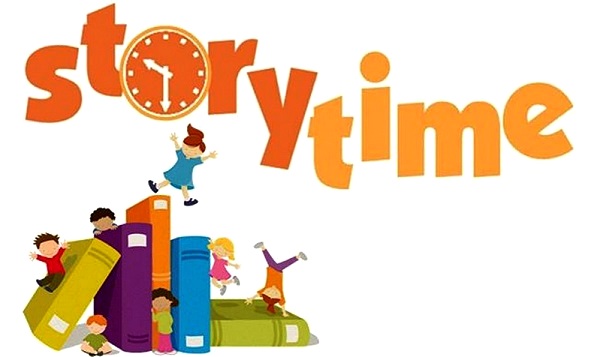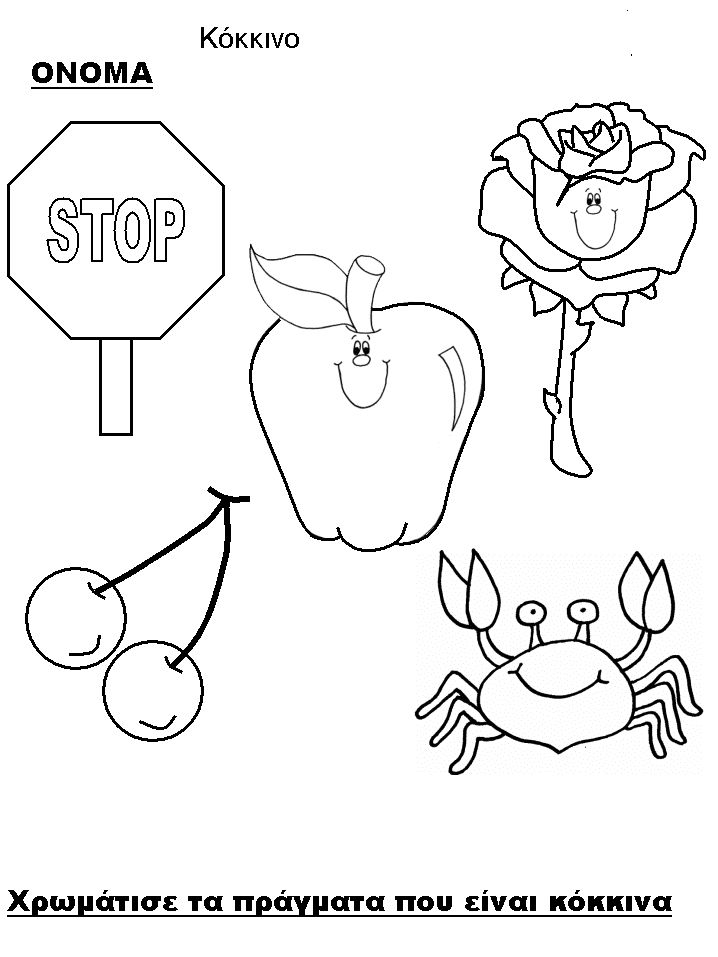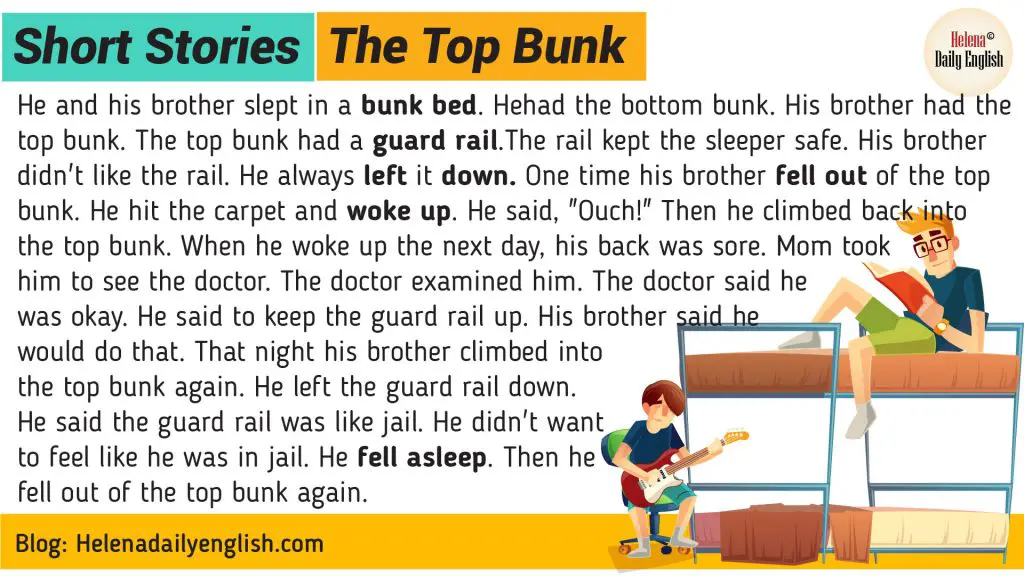Comprehension activities kindergarten
Comprehension: Activities for Your Kindergartener
Just 15 minutes each day makes a big difference! Reading aloud is a great way to help your kindergartener absorb new words and see how stories are structured. It's also one of the best ways to help children learn about the world and make connections between their own lives and what's in the book — that helps children see the world with empathy. And last but not least, it's a wonderful time to snuggle up with your child and share the experience of reading and discovery together.
Remember that reading together should spark curiosity, joy, and a desire to explore and learn. Conversations about books should be enjoyable, and not a set of quizzes and questions. As you try some of the activities listed below, remember to keep it light and lively for your child.
There are so many great nonfiction and informational books for very young kids (such as the popular DK Eyewitness series and National Geographic series). Try to include some of these during your next trip to the public library. Children love learning about the real world and are proud to share what they know!
Even a walk around the neighborhood or a trip to the grocery store can be a rich learning experience for young children. A child may see an urban bunny for the first time on a walk, and then be able to connect it to stories about rabbits. These personal connections help children connect what they read with what they know — a powerful way to build comprehension skills!
Signs of good reading comprehension in kindergartners
Try these comprehension activities at home
"I predict ..."
When you sit down for a read aloud, look at the book's cover together. Ask, "What do you think this book might be about? Why? Can you make some predictions?" Guide your child through the pages, discuss the pictures, and brainstorm what might happen in the story. Talk about any personal experiences your child may have that relate to the story.
Talk about any personal experiences your child may have that relate to the story.
Five-finger retell
After reading a story together, have your child tell you five things about the story, using her fingers to talk about each one:
- Characters: who was in the story?
- Setting: where did the story take place?
- Events: what happened in the story?
- End: how did the story end?
- Favorite character or part of the story
Active reading
Model active reading when you read with your child. Talk about what's happening as you're reading. Stop and discuss any interesting or tricky vocabulary words. Help your child make pictures of the story in his mind. Ask your child, "What just happened here? How do you think that character feels? Have you ever felt like that? What do you think will happen next?" Not only will this develop your child’s comprehension, but critical thinking skills as well.
Mind movies
When you come to a descriptive passage in a book, have your child close her eyes and create a mental movie of the scene.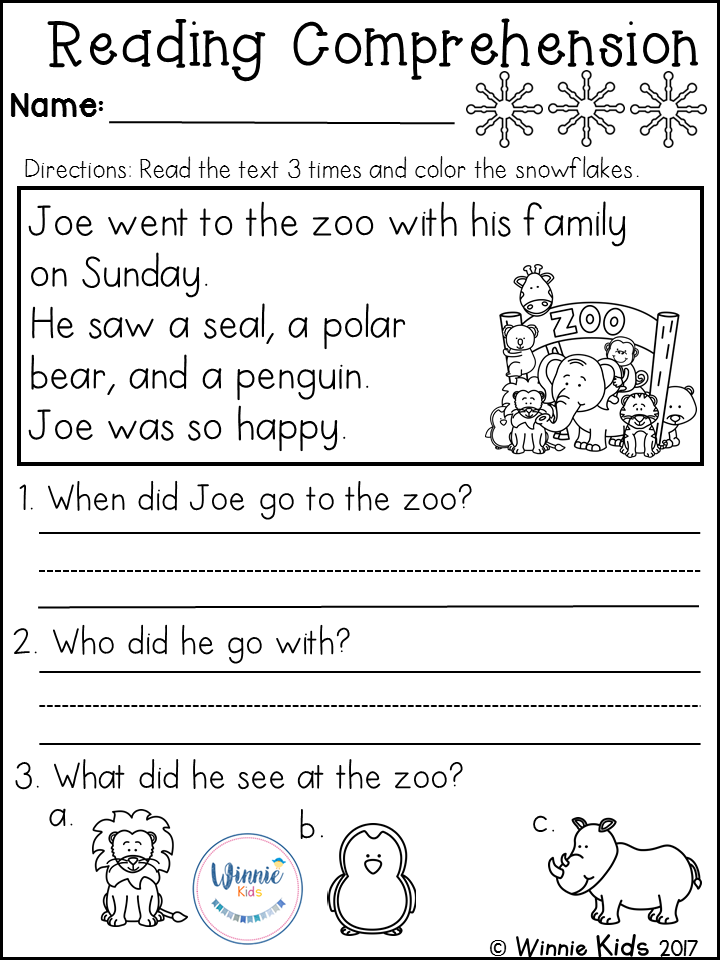 Encourage her to use all five senses. Read the passage over together, looking for details that bring the scene to life. Ask questions like, “How do you know it was a hot day? Which words help you understand that the child was lonely?”
Encourage her to use all five senses. Read the passage over together, looking for details that bring the scene to life. Ask questions like, “How do you know it was a hot day? Which words help you understand that the child was lonely?”
Tell me about it
After a read aloud, one of the best and easiest ways to check for understanding is to ask your child to summarize what the book was about in their own words. You can ask a question or two to help your child clarify her thinking or to add more detail.
Can your child tell you what happened in the story?
This video is from Home Reading Helper, a resource for parents to elevate children’s reading at home provided by Read Charlotte. Find more video, parent activities, printables, and other resources at Home Reading Helper.
Think alouds
Connect the book to your child's own life experience.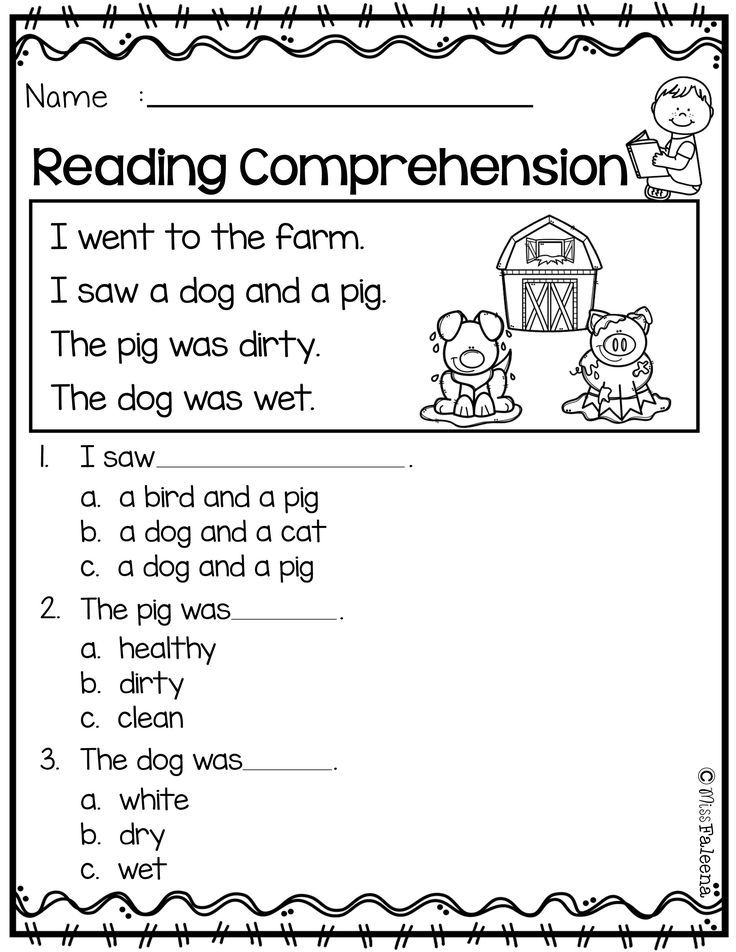 For example, A River Dream: "This book reminds me of the time my father took me fishing. Do you remember the time we went fishing?"
For example, A River Dream: "This book reminds me of the time my father took me fishing. Do you remember the time we went fishing?"
Connect the book to other books they have read. For example, Mufaro's Beautiful Daughters: "This story reminds me of Cinderella. Both stories are about sisters. Do you know any other stories about nice and mean sisters? Let's keep reading to find out other ways the stories are similar."
Connect the book to big ideas/lessons. For example, Stellaluna: "This story helps me understand that we are all the same in many ways, but it's our differences that make us special."
Wordless
Wordless picture books provide your child with practice using clues to create meaning. There are no wrong stories with wordless picture books, only variations based on what the "reader" sees and puts together. Rosie's Walk, Good Dog, Carl, and Beaver Is Lost are all interesting and fun wordless picture books to explore.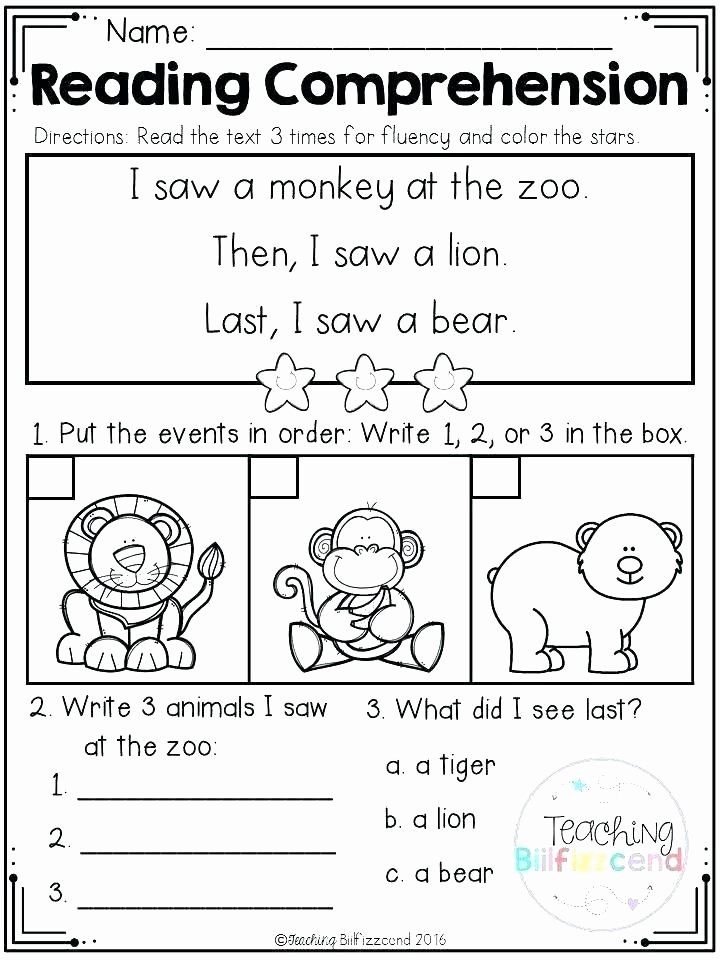 Find more wordless books on BookFinder.
Find more wordless books on BookFinder.
Family stories
This is a wonderful activity for a family picnic or for a rainy day when you're snuggled together on the couch. Share a favorite story about your childhood or a family story that's been passed down from generation to generation. Use vivid language and details about people, places, and things. Funny or scary will really get your child's attention! Your child will probably have lots of questions, which keeps the storytelling alive. You could also ask your child if she has a favorite family story of her own.
How sharing your stories helps kids with reading
Beginning readers love to hear stories about a parent's childhood! A parent's stories help children learn new vocabulary, story structure, and comprehension. (From GreatSchools)
Map this book!
Draw a map of the book's setting, and be sure to include the places where the main action happens!
Beginning-middle-end
This is a great way to see if your child understands the main parts of a story.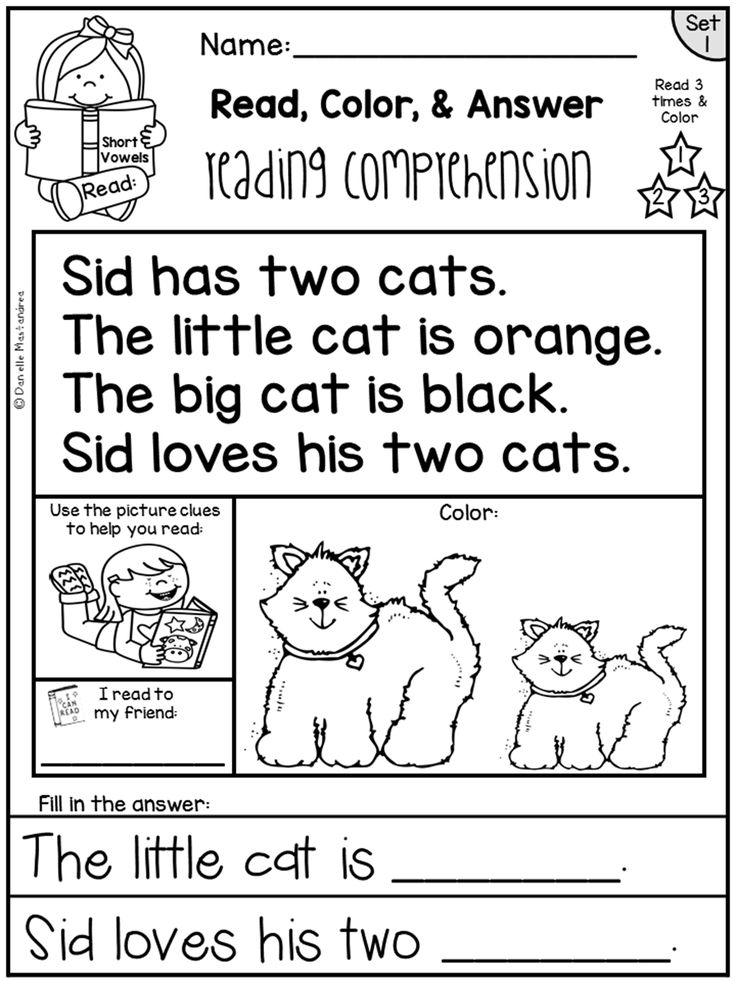 After reading a book together, give your child three sheets of paper, with "beginning" on one sheet, "middle" on the second sheet, and "end" on the third sheet. Ask your child to think about the three parts of the story, and then draw what happened on each on the sheets. Arrange the sheets in order, left to right. What happens if you re-arrange the sheets? Does the story still make sense?
After reading a book together, give your child three sheets of paper, with "beginning" on one sheet, "middle" on the second sheet, and "end" on the third sheet. Ask your child to think about the three parts of the story, and then draw what happened on each on the sheets. Arrange the sheets in order, left to right. What happens if you re-arrange the sheets? Does the story still make sense?
Words, words, words
Be sure to include books with rich vocabulary in your read alouds and call attention to interesting words and phrases from the story. This may include repeated phrases or idioms (such as "get cold feet" or "I'm all ears"). Offer a kid-friendly definition and connect the new word or phrase to something your child already knows.Talk about how the author used language or words to make the text interesting, informative, funny, or sad.
Picture walk
Talk about the book before you read it. Show the cover illustration and ask your child to predict what the book is about.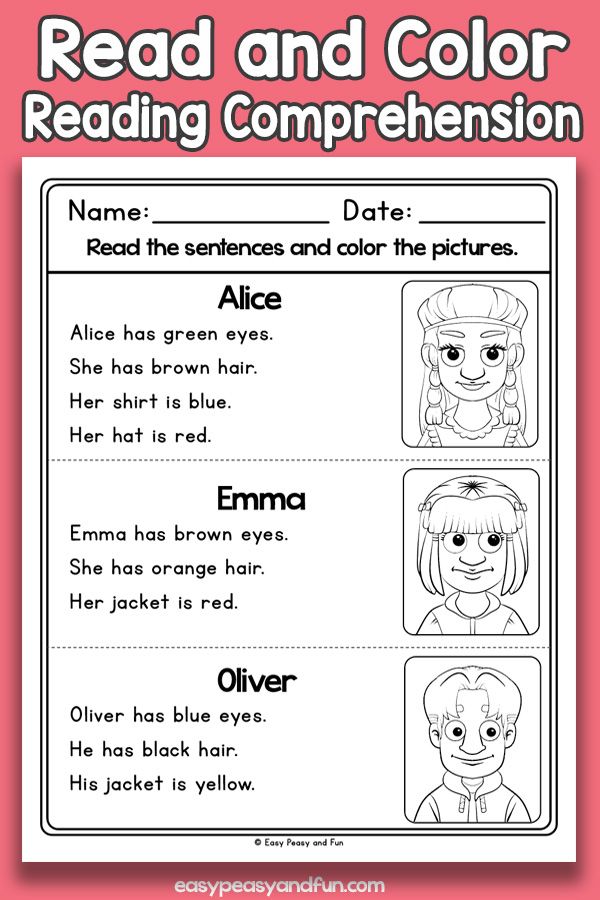 Flip through the book, look closely at the pictures together, and talk about what's on the jacket flaps.
Flip through the book, look closely at the pictures together, and talk about what's on the jacket flaps.
Take a picture walk
This video is from Home Reading Helper, a resource for parents to elevate children’s reading at home provided by Read Charlotte. Find more video, parent activities, printables, and other resources at Home Reading Helper.
Remember when ...?
Connect what your child reads with what happens in life. If reading a book about birds, relate it to birds you've seen on walks in your neighborhood.
Story detectives
As you read with your child, stop and ask questions such as: What’s happening in the picture? Why do you think the puppy is sad? Have you felt that way yourself? Why do you think the spider wanted to help the pig? What do you think is going to happen next? How do you think the story will end? Take turns and let your child to “be the detective” and ask you questions about the book.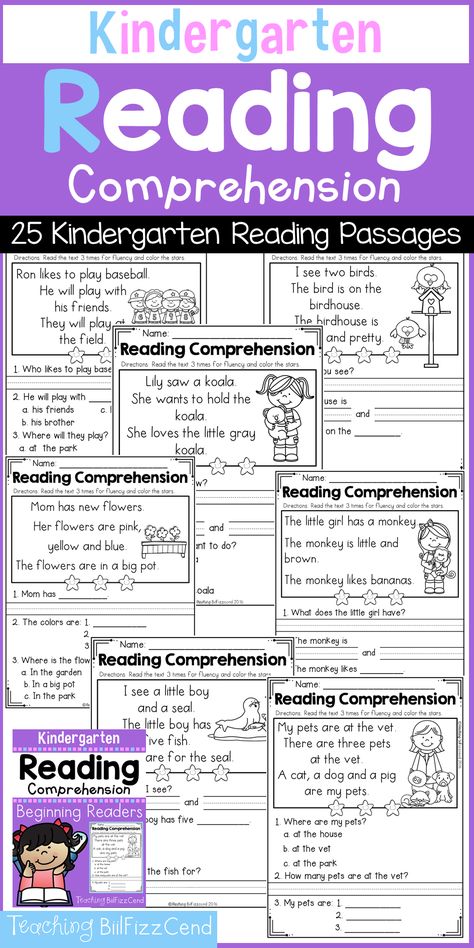 Not only will this develop your child’s comprehension, but critical thinking skills as well.
Not only will this develop your child’s comprehension, but critical thinking skills as well.
Picture the character (Part 1)
Try this activity from the Florida Center for Reading Research (FCRR). The FCRR "At Home" series was developed especially for families! Watch the video and then download the activity: Picture the Character. See all FCRR comprehension activities here.
Picture the character (Part 2)
Try this activity from the Florida Center for Reading Research (FCRR). The FCRR "At Home" series was developed especially for families! Watch the video and then download the activity: Picture the Character. See all FCRR comprehension activities here.
More comprehension resources
30 Reading Comprehension Activities for K/1
Reading is everywhere. As an adult, you have to read books, lesson plans, emails, texts, posts, blogs, recipes, directions, etc., every single day. So you already know how essential it is for your young students to become proficient with reading skills. And comprehension and comprehension activities are vital for reading.
Our students must, in simplest terms, gain meanings from what they hear us read and what they read to themselves. I am sure you do frequent read alouds with your littles and have become masters of asking the right questions. And, you probably have developed a ton of strategies to check for understanding. But, I’d like to add to your tool chest these 30 Reading Comprehension Activities; #10, #13, and #26 are frequently used activities in my room!
Activities for Whole Group!
- Comprehension Purpose Questions.
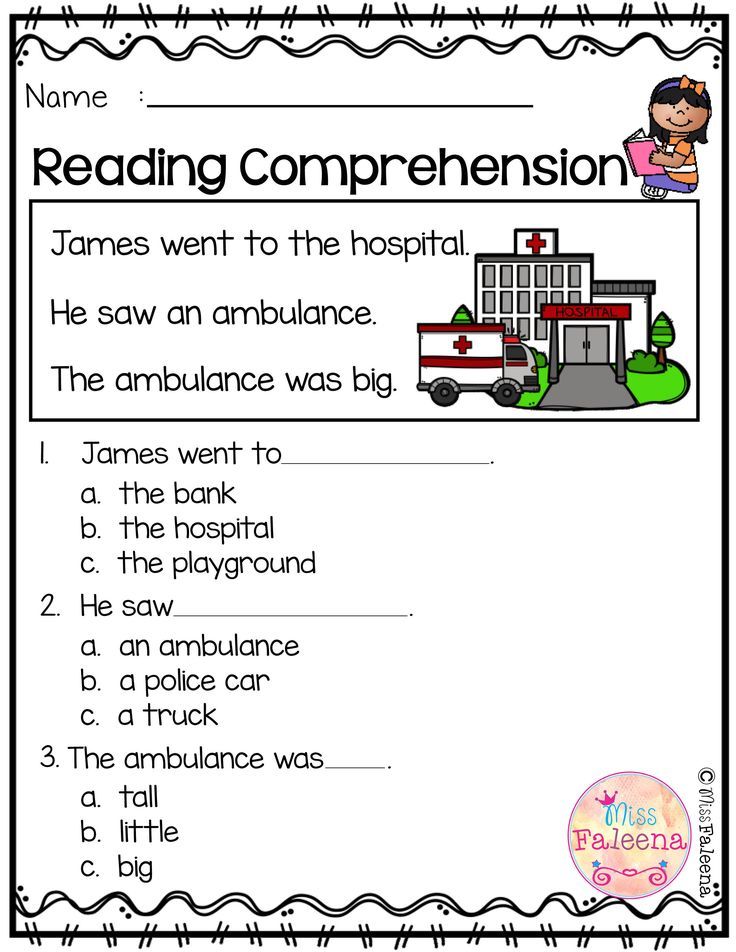 I am sure you don’t need me to tell you how squirrelly some of our kinder and firstie students can be when it comes to listening quietly during read alouds. Before reading, give a purpose question that students need to listen to the text if they hear the answer. Then, allow the excited blurt-outs that will occur when they hear the answer. If some kids miss hearing the answer, they definitely will be listening to their friends and repeating!
I am sure you don’t need me to tell you how squirrelly some of our kinder and firstie students can be when it comes to listening quietly during read alouds. Before reading, give a purpose question that students need to listen to the text if they hear the answer. Then, allow the excited blurt-outs that will occur when they hear the answer. If some kids miss hearing the answer, they definitely will be listening to their friends and repeating! - Think Aloud Prompts. Just like above, students repeat what they hear and see! While reading out loud, ask yourself questions out loud as well. Hmm, I wonder what Goldilocks will do next. Gosh, I wonder why she did that. Model, model, model how your kids should be thinking while they are reading!
3. Story Structure. Story structure can be as simple as discussing the title, author, and illustrator then going into plot or problems and solutions. Or you can take the following steps by discussing the beginning, middle, and end of the books you read.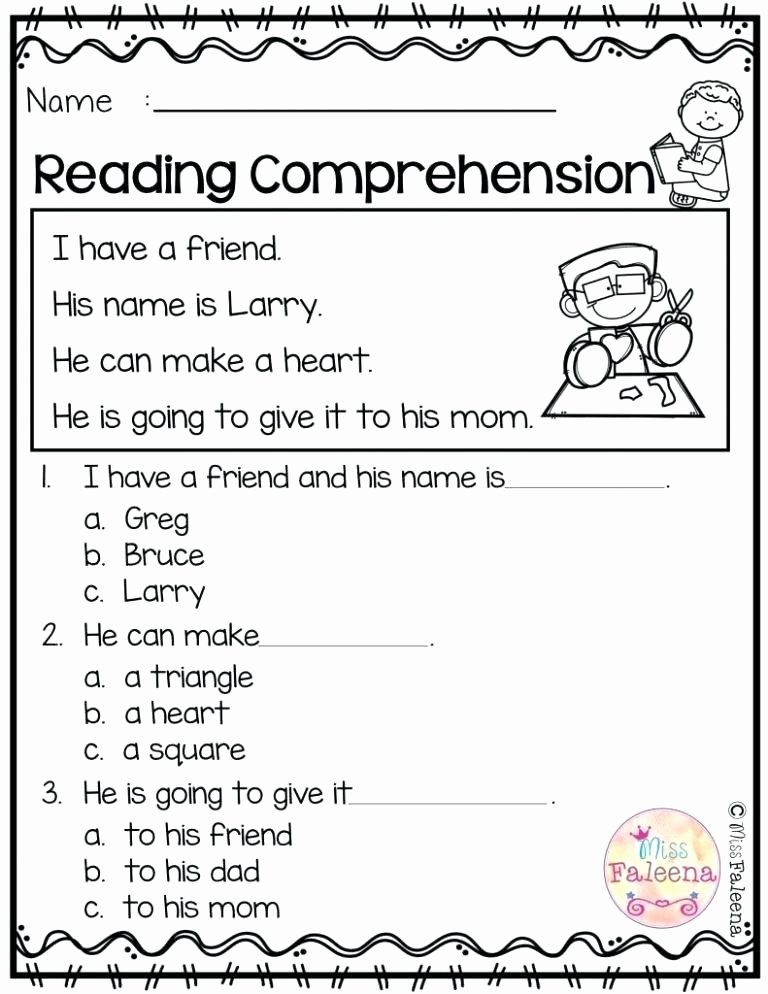 To demonstrate understanding, I give my students a sheet of construction paper that I folded into thirds. Initially, the students draw a picture of the beginning of the story on the first fold. In the middle fold, they draw a picture of the middle of the story, followed by the ending on the last third. As my students progress, we add in words and then sentences.
To demonstrate understanding, I give my students a sheet of construction paper that I folded into thirds. Initially, the students draw a picture of the beginning of the story on the first fold. In the middle fold, they draw a picture of the middle of the story, followed by the ending on the last third. As my students progress, we add in words and then sentences.
Comprehension Activities to Guide Your Groups More!
4. Question Popsicle Sticks. For this activity, write the 5W questions on popsicle sticks. If you wish to go beyond the 5W questions, check out this blog! Randomly pull sticks or have the students pull sticks, and those become your questions for that story.
5. K-W-L Charts. I enjoy hearing from my students before a story. I show them the book, and we study the cover while discussing the title. Or, if I am introducing a topic, I will tell the kids what we will be learning about today. Then, the kids tell me what they know about the subject.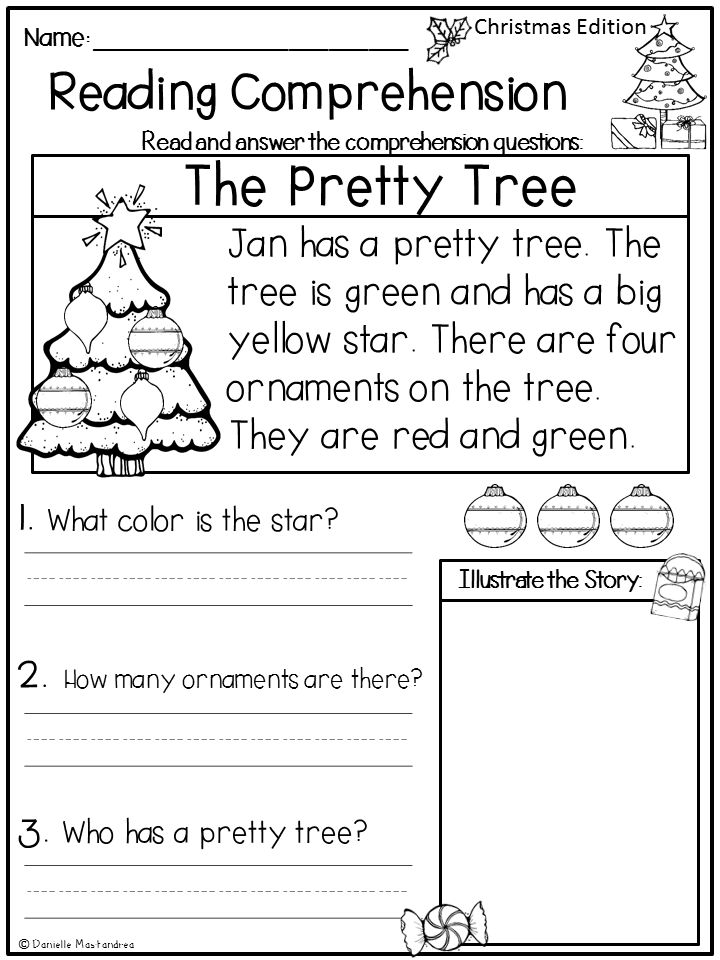 I excite them about the book or topic, and the kids tell me many things they want to learn. After, we write down all of the things we learned! The kiddos love sharing!
I excite them about the book or topic, and the kids tell me many things they want to learn. After, we write down all of the things we learned! The kiddos love sharing!
And a Few More Group Activities!
6. Story Walk Retells. After my kiddos sit for a story, I need to get them up and to move! You can use a long piece of butcher paper and create a “Pathway” down the center for students to walk along as they retell a story. I recommend making the pathway as a class. Along the path, have visual reminders of essential pieces in a retell. (Character, Setting, Events, Problem, Solution)
7. Making Connections. By making text-to-life connections and activating prior knowledge, students become invested in their reading. Connections can be a powerful tool to keep them engaged and motivated when working on their reading skills. Furthermore, connecting what your students are reading to their lives and activating prior knowledge may help them retain more of their reading.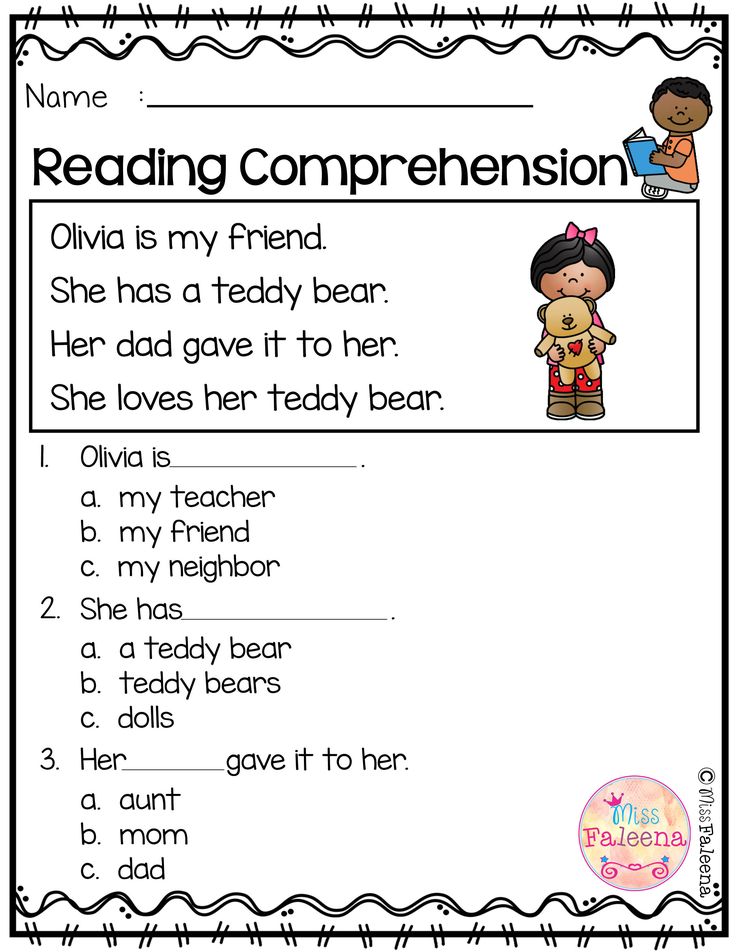
8. Story Beach Ball or Story Cube. Teachers can purchase pre-made beach balls from various companies, but the easiest and cheapest is buying and blowing up a beach ball on your own and writing your questions. After a story, kids softly toss the ball, and whatever question their right-hand lands on (good practice for right and left hands) is the question. Keep passing, so all kids get a turn if you wish. It is ok if kids get the same question because repetition is helpful for all for comprehension!
9. Mirrors and Windows. Mirrors are books you can see yourself in, making personal connections. A book that is a window allows our students to look into someone else’s life and gain perspective. Both types improve our understanding and comprehension! Choose books that will enable your students to see in the mirror but also look through the window! For a great blog on this topic by Lanesha Tabb and Education with an Apron, click the link!
Comprehension Activities for Small Group or Individual Work
10.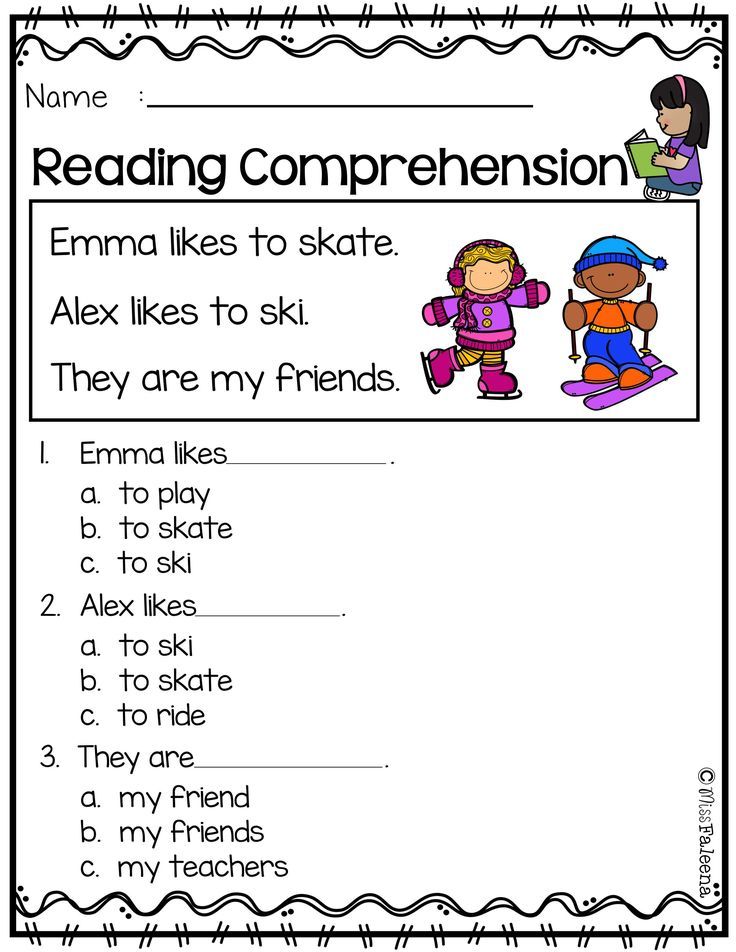 Directed Draw & Write. Kids enjoy drawing about things they read or hear, so you could give paper and have students draw a picture from the story with an accompanying sentence. ETTC has some fabulous Directed Drawings where kids follow the directions to create their image and then complete comprehension activities around the picture. Click the link to get on the list for our newest Directed Drawings!
Directed Draw & Write. Kids enjoy drawing about things they read or hear, so you could give paper and have students draw a picture from the story with an accompanying sentence. ETTC has some fabulous Directed Drawings where kids follow the directions to create their image and then complete comprehension activities around the picture. Click the link to get on the list for our newest Directed Drawings!
11. Comprehension Strips. These Quick Comprehension Strips are great for Literacy Centers for Quick Comprehension Checks, Comprehension Practice, Megacognition Activities, Warm-Up Activities, and Intervention Activities! 100 strips in all!
12. Sentence & Picture Match-ups. With this activity, I use picture cards that I already own in my classroom. I then write corresponding sentences on word strips from the Dollar Tree (30 in a pack for $1.00!). During centers or stations, students match the picture to the sentence.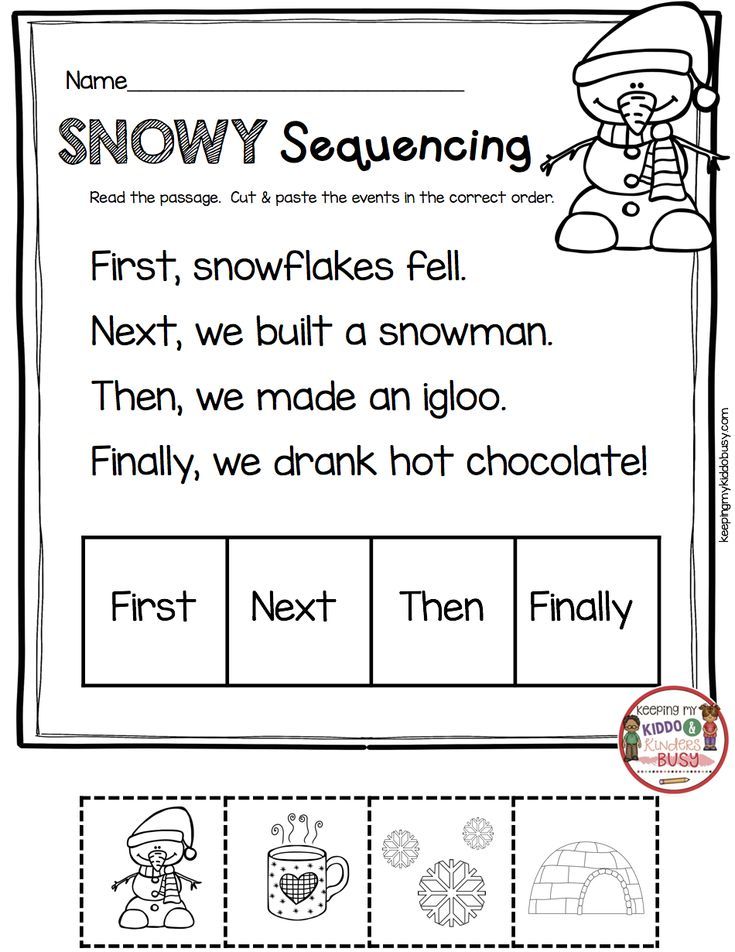
13. 5 Finger Story Retells. (CORE BINDER) Your thumb is the setting, the index finger is the characters, the middle finger is the problem (beginning), the ring finger is the events in the middle, and pinkie is the solution (ending). If you don’t have our great resource, CORE Binder, which has several five-finger options, including the visual below, the students can trace their own hands and fill in all the information!
14. Sequencing Activities. Our Digital Sequencing Activities, including 14 interactive sequencing mats and 9 sequencing stories, are great for practicing sequencing with your students.
15. Silly Sentences Mix Up. Using my Dollar Tree words strips, I cut sentences that are silly into words. The kids love to mix and match the words to make even more ridiculous sentences. They then draw a picture that matches their sentences. So easy, but the kiddos love it!
More Comprehension Activities
16.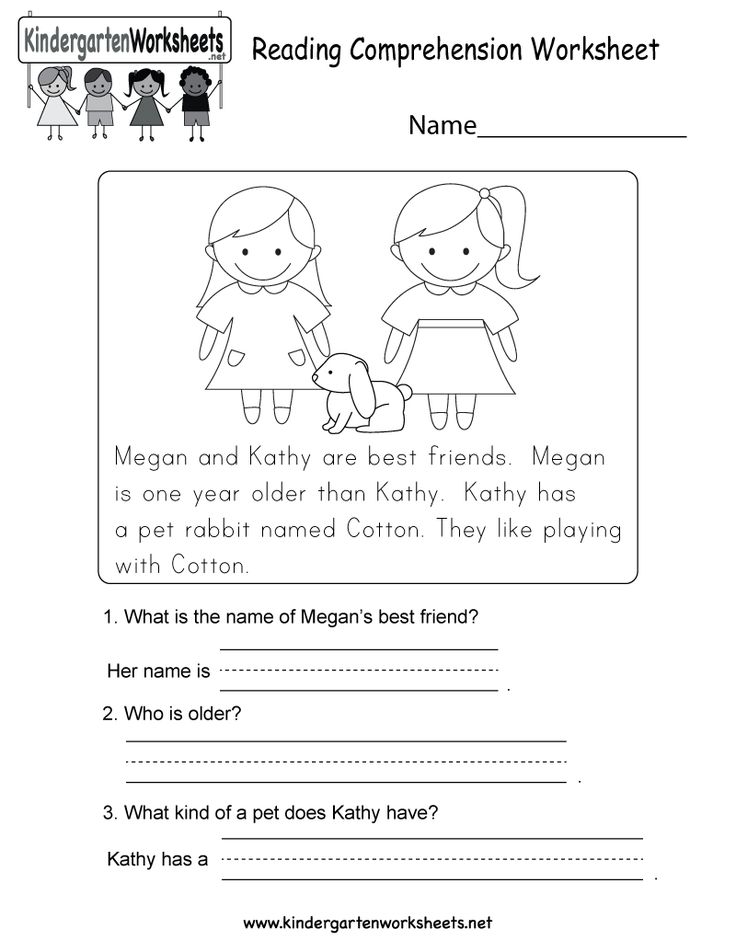 Alphabet Foldable Books. Three versions come with these adorable Alphabet Foldable Books that allow you to differentiate with your students! Not sure if this product is right for you kinders or firsties? Try a freebie!
Alphabet Foldable Books. Three versions come with these adorable Alphabet Foldable Books that allow you to differentiate with your students! Not sure if this product is right for you kinders or firsties? Try a freebie!
17. Graphic Organizers. Graphic organizers let students process information both visually and spatially, which encourages them to internalize the material. The very nature of graphic organizers enables students quite literally to see the connections in what they are reading.
There is a slew of graphic organizer products out there, or you can even have your students create their own! Here are some examples of how you can pair graphic organizers to any unit you teach! Find more close reading units with graphic organizers here!
18. Map Story Setting. I am not an artist says every teacher who is about to write on the board! Fortunately, my students think I am Van Gogh! I draw a big blob shape on the board, and then they tell me different things from the story that I need to add for the setting.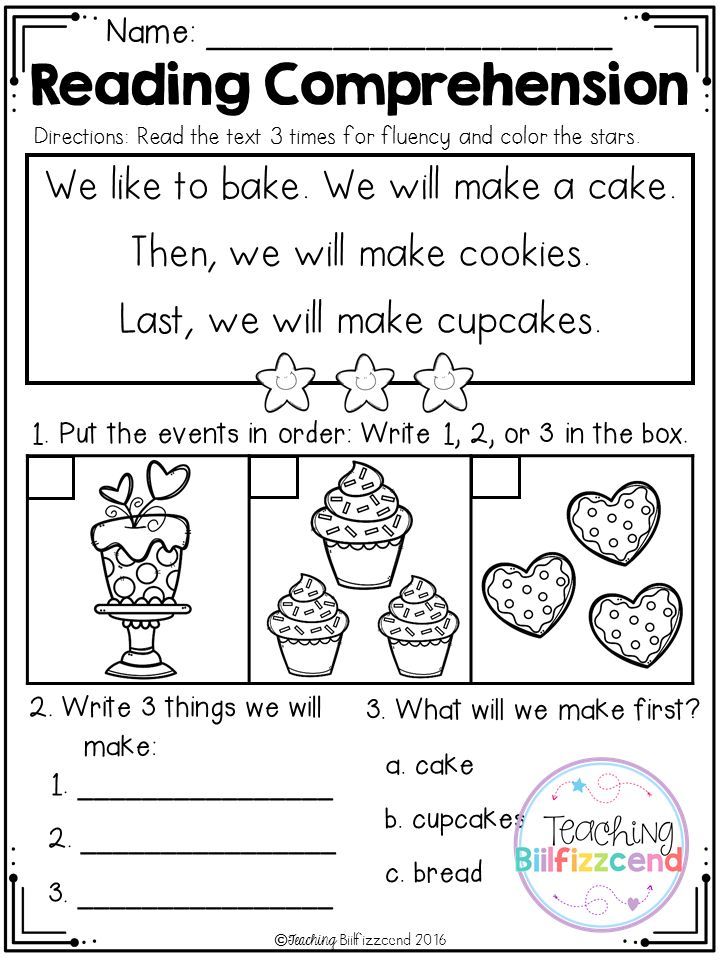 So much fun for them, and what a great social skills lesson that everything doesn’t have to be perfect!
So much fun for them, and what a great social skills lesson that everything doesn’t have to be perfect!
Bonus Activity: If starting with a shape or line and then having your students transform that into a picture that they will then write about sounds great, try Transformation Station. And what’s a bonus without a freebie?
Keep Those Activities Coming!
19. Picture the Character. Have you ever asked your students to draw a picture of someone other than themselves? Sometimes, the results are hilarious! We close our eyes and visualize the main character before drawing.
20. Character Comparisons. Whether using a Venn diagram or another graphic organizer, I always make a character comparison for my stories. Sometimes, we compare good vs. evil, and other times, we pick two characters from the story. This lesson ties in nicely to both character traits and adjectives!
21. Practically 1st Grade Reading Comprehension Passages and Questions. The differentiation with these ETTC Practically 1st Grade pages is fantastic! Students can fill in the blanks, circle choices, or write a sentence from the vocabulary bank. Building up fluency helps comprehension, and these are leveled just perfectly for late K or beginning First!
The differentiation with these ETTC Practically 1st Grade pages is fantastic! Students can fill in the blanks, circle choices, or write a sentence from the vocabulary bank. Building up fluency helps comprehension, and these are leveled just perfectly for late K or beginning First!
22. Mind Movies (Visualization). Expanding on #19, we spend time visualizing the plot, setting, problems, and resolution and draw our visions onto lengthy strips of paper folded in strips as if it was a reel of the film!
23. 3-2-1 Strategy. After students complete a passage, ask them to write down 3 things they learned, 2 interesting things, and 1 question. By using this simple strategy, you not only boost their engagement but you allow them to improve their reading comprehension purposefully. You can find this in our CORE Binder as well!
And Finally
24. More than Books. Allow your students time to explore nontraditional reading material that interests them.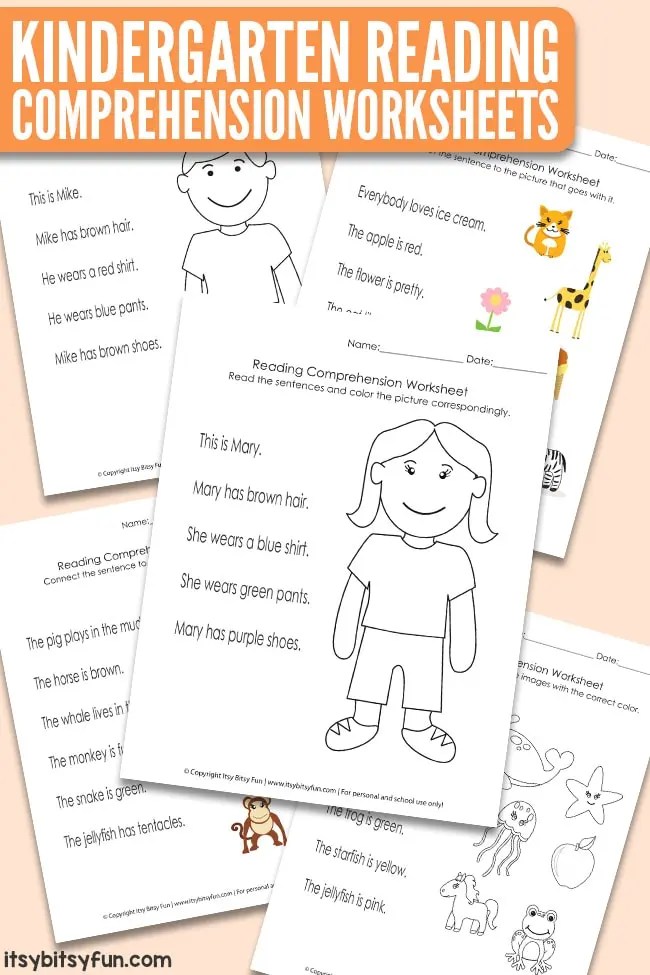 Other materials will motivate them and keep them excited about reading, but they will offer reading challenges that typical texts may not. Suggest material like newspapers, magazines, recipes, comic books, blogs, or song lyrics! Keep it fresh and fun, and your students will be dying to read more!
Other materials will motivate them and keep them excited about reading, but they will offer reading challenges that typical texts may not. Suggest material like newspapers, magazines, recipes, comic books, blogs, or song lyrics! Keep it fresh and fun, and your students will be dying to read more!
25. Technology. Technology is the perfect way to not only get your kids excited about reading but offer them the opportunity to work on a variety of reading skills. If you don’t have it yet, ask your school for Readingatoz.com.
26. Literature Centers for First Grade. Who doesn’t want 120 non-seasonal first-grade centers for the entire year, including our 24 kindergarten literacy centers?
27. Turn & Tell. Let’s all agree here that Kindergarten and First-Grade students love to talk to their classmates. Ask a group question after a story, then have the kiddos turn and tell their neighbor their answer. Turn & Tell works best when the questions are open-ended and require some thought before responding.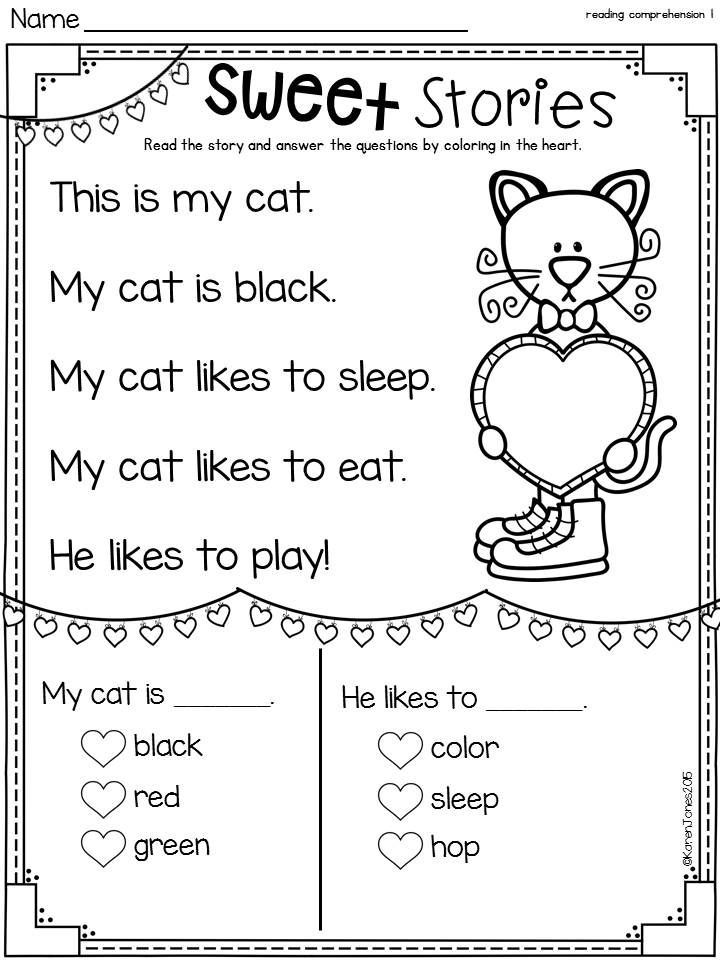
28. Simon Says. To be able to comprehend, our students need to be able to listen and follow directions. Playing Simon Says will boost your students’ abilities to do both!
29. Act it Out. Many of our students love to entertain, and what better way than acting out the stories they have heard!
30. Scavenger Hunt. I have increased my scavenger hunt game since distance learning occurred. And now that we can move around the building more, I love setting up scavenger hunts with clues requiring thinking and comprehension. The kids have a lot of fun, and usually, the result is something simple and cheap!
So, we have given you 30 great ideas for comprehension activities for your kiddos to give your students a great learning base for their literacy! I hope you were able to grab some tricks to use in the fall! Let us know in the comments if you have any additional activities to add to this list!
WRITTEN BY – SUZANNE KELLEY
At Education to the Core, we exist to help our teachers build a stronger classroom as they connect with our community to find trusted, state-of-the-art resources designed by teachers for teachers.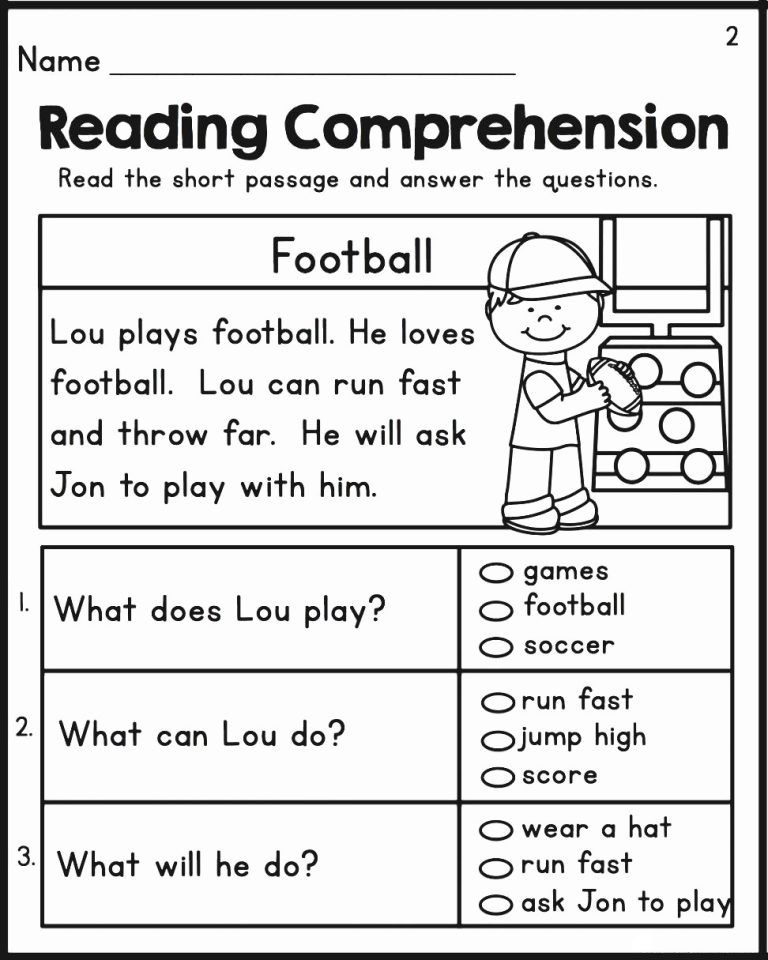 We aspire to be the world’s leading & most trusted community for educational resources for teachers. We improve the lives of every teacher and learner with the most comprehensive, reliable, and inclusive educational resources.
We aspire to be the world’s leading & most trusted community for educational resources for teachers. We improve the lives of every teacher and learner with the most comprehensive, reliable, and inclusive educational resources.
If you enjoyed what we have to offer at ETTC, be sure to join our email list so that you won’t miss a beat.
Comments
comments
"Cognitive activity of children of senior preschool age in kindergarten." | Article on the world around (senior group) on the topic:
"Cognitive activity of children of senior preschool age in kindergarten."
"The best discovery is
that the child makes himself"
Ralph W. Emerson.
I have six servants, nimble, daring.
Everything that I see "I" around, I know everything from them ...
call them: how and why, who, what, when and where.
The presence of children's interest in cognitive activities affects the development of cognitive abilities in a child.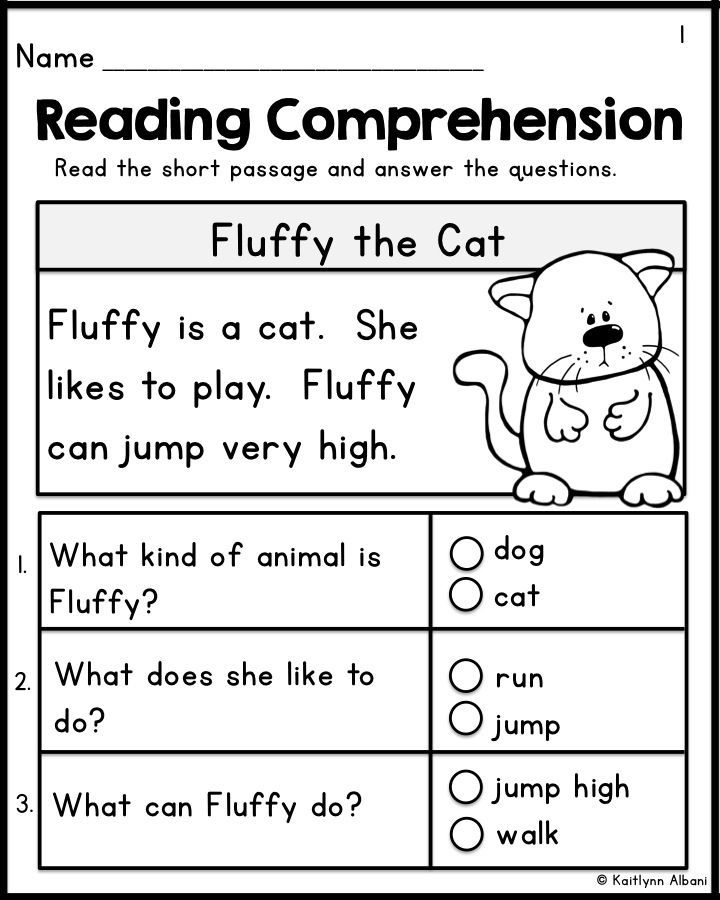 Children's questions should be taken seriously, encouraging them to ask them, kindly explaining what they are asking. Expanding the range of interests of a preschooler, expanding his knowledge of the world, we strengthen his curiosity. The educator creates conditions for children's experimentation and research.
Children's questions should be taken seriously, encouraging them to ask them, kindly explaining what they are asking. Expanding the range of interests of a preschooler, expanding his knowledge of the world, we strengthen his curiosity. The educator creates conditions for children's experimentation and research.
"A concept is developed in a child only as a result of independent action with an object" (Jean Piaget).
Observing in practice the manifestations of various natural patterns, children acquire an interest in discovering them, discovering the common in specific manifestations of reality. A cube from a set of building materials, as a model against which the mass of other objects is compared, can lead children to the concept of a unit of mass. It is expedient to conduct experiments in free time with several interested children, giving them the greatest freedom of action, only slightly directing their research and answering questions that arise along the way. The teacher expands the children's ideas about the environment with the help of fiction, observations and special conversations;
(interest just arises where the child already has some knowledge).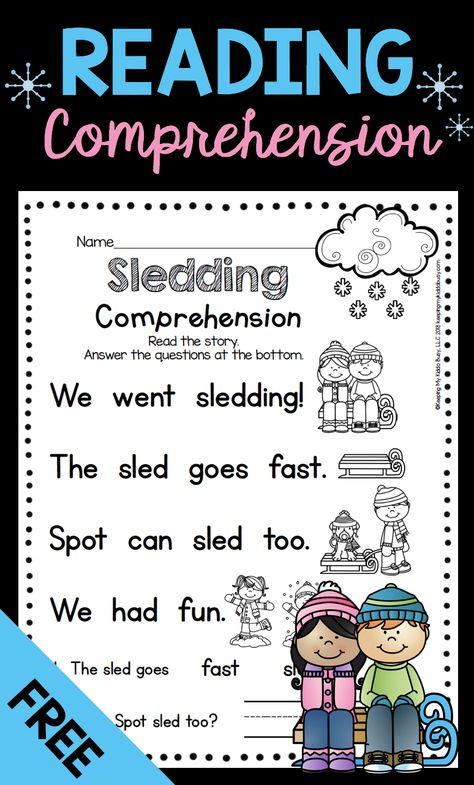 New information about the environment complements the previously known, lying on prepared ground, they are easily included in the child's previously acquired experience of cognitive activity, complement it, expanding ideas about various areas of the surrounding reality, and stimulate a cognitive attitude towards it.
New information about the environment complements the previously known, lying on prepared ground, they are easily included in the child's previously acquired experience of cognitive activity, complement it, expanding ideas about various areas of the surrounding reality, and stimulate a cognitive attitude towards it.
I hear and I forget.
I see and remember.
I do and I comprehend.
(Confucius)
Conducted with children experiments, experiments and research, one of the possibilities of manifestation of cognitive interest. The main goal of their implementation is to master the means and methods of mental activity. The developmental effect of classes can be much wider if, as a result, children have an interest, a need for cognitive activity.
Speaking about the mental development of a child, we mean the development of his cognitive abilities, the mastery of children by various means of solving cognitive problems. Development occurs only in those cases when the task for this child turns out to be cognitive and is successfully solved by him.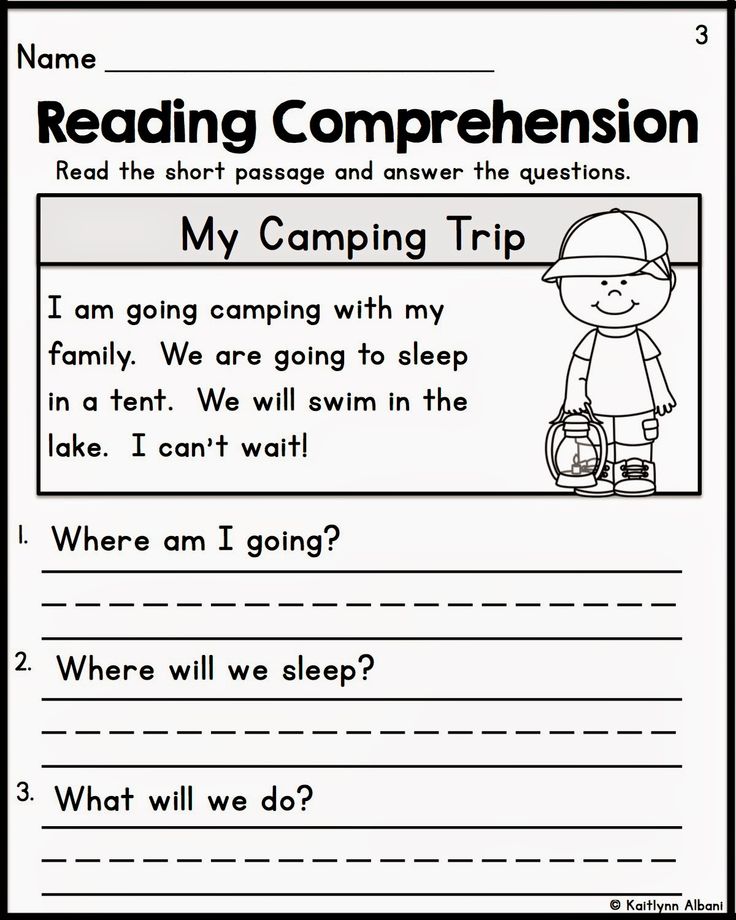 The ease and difficulty of the decision process itself, show a positive and negative attitude towards this process. Cognitive activity - emotional experience of various cognitive situations, solving cognitive problems. The need for a positive attitude of the child to the cognitive task is a condition for the development of his cognitive interests.
The ease and difficulty of the decision process itself, show a positive and negative attitude towards this process. Cognitive activity - emotional experience of various cognitive situations, solving cognitive problems. The need for a positive attitude of the child to the cognitive task is a condition for the development of his cognitive interests.
“The MIND, HEART and HANDS of the child should be involved in the learning process.
(Pestalozzi)
The teacher, setting himself the purpose of the development of cognitive motivation and cognitive interests in children, should create a situation that includes cognitive task. Create conditions for a positive emotional attitude towards her. A cognitive task can be given in three main forms so that it has a certain meaning for the child.
1) The role-playing game, as the leading activity of preschoolers, invariably evokes an emotional response from children. (A game situation - buying a certain number of buttons in a store - dictates to the child the performance of certain game actions that coincide with actions to master the means of solving a cognitive problem - the use of substitutes to indicate the number of objects).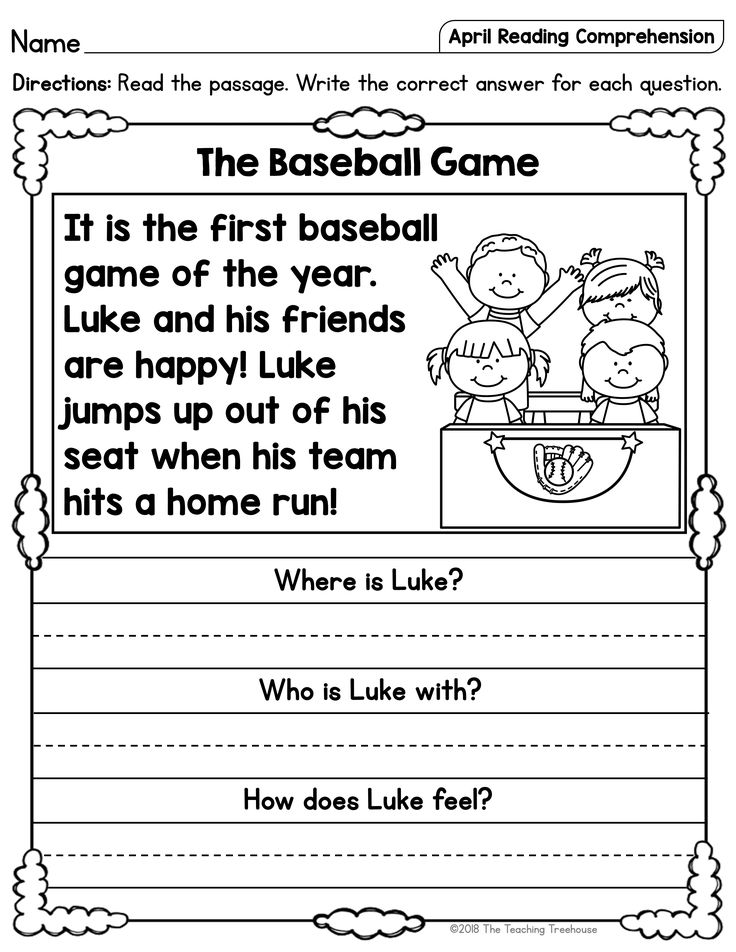
The game retains its importance throughout the entire preschool age, remains one of the main forms in which cognitive tasks are offered to children. At older preschool age, new forms may come to the fore: children no longer need external detailed actions to play, it is enough to designate roles. Game actions are performed "as if". When conducting developmental classes, it is enough to use game characters. A child can show his attitude to the situation of solving cognitive problems, comprehend it in a certain way, when a plot-role-playing game is not played out, but only a game motivation of activity is created that requires the solution of a cognitive task. The toys used will perform the task together with the children or for them (children's hands), listen to the children's answers, give them tasks. Such symbolic designations of the game situation are also used at younger ages, but at older ages they occupy a large place.
2) The possibility of emotional experience of situations of cognitive tasks is opened by designating them with various symbolic means.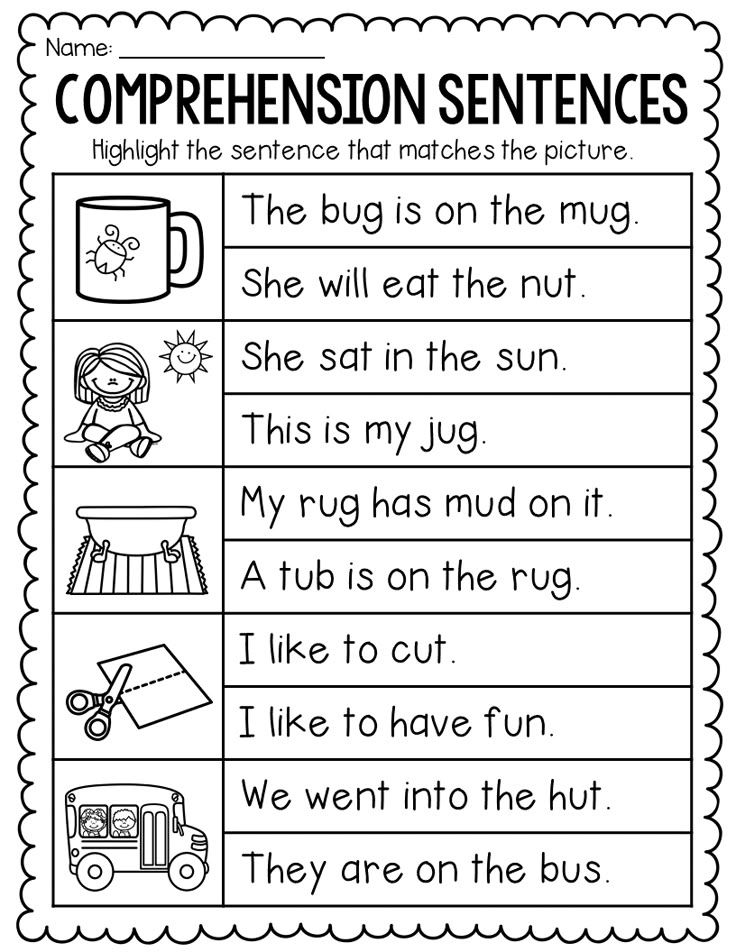 Symbols, having significant emotional richness, make it possible to fully engage in the situation, express one's attitude towards it, being one of the forms of its comprehension.
Symbols, having significant emotional richness, make it possible to fully engage in the situation, express one's attitude towards it, being one of the forms of its comprehension.
The emotional attitude to the situation is connected with the cognitive task not directly, but through an imaginary situation that arises as a result of a game or symbolic designation.
3) Problem situations, riddle tasks, contribute to the development of cognitive activity. Finding themselves in a situation that requires the use of new methods to solve a problem, children begin to experience emotions of dissatisfaction from the contradiction that has arisen and direct themselves to find a solution. However, children begin to prefer this form of education in the preparatory group. The task of the educator when using any form of developmental activities is to highlight the moment of finding a solution, to positively evaluate the overcoming of difficulties in the process of solving; enrich cognitive interest with information directly perceived by reality.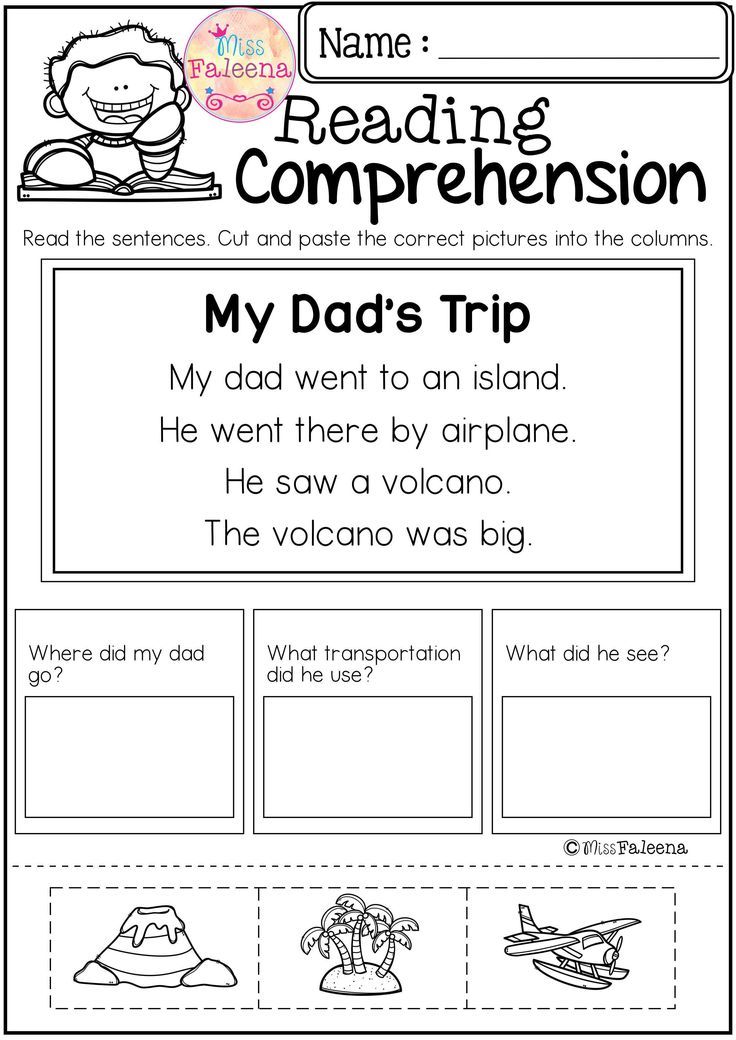
Emotional and sensory experience in the process of direct interaction with objects, phenomena, with other people; helps to bring information about the world into the system, to form an idea of its integrity; creates conditions that allow one to express one's attitude to the world. Contributes to the manifestation of independent cognitive activity; creates conditions for the development of cognitive processes in various activities. Only communication with adults and specially organized joint activities: "adult + child" are the main sources of development of the personality of a preschool child, his cognitive activity and activity. Only then, interest in knowledge and the joy of discovery can become constant companions of a child's life.
Wishes to colleagues:
- For the development of curiosity and cognitive activity of a preschooler,
Widely use walks in nature.
2. Encourage your child to think independently by answering
with a counter-question: “What do YOU think?”
3.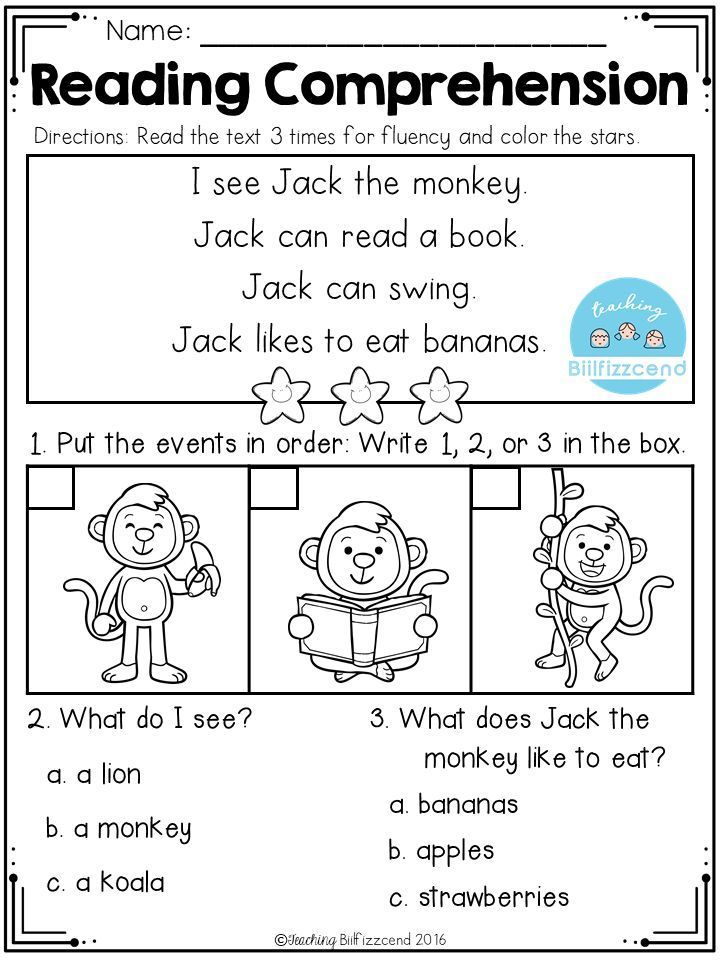 Stimulate your child's curiosity by encouraging him to ask non-standard "why" questions.
Stimulate your child's curiosity by encouraging him to ask non-standard "why" questions.
4. Use riddles when communicating with children. Create your own with them.
. . . List of used literature:
.
2. Preschool education magazine, No. 1, 2007. 3. O.V. Dybina "Man-made world" (scenarios for games-activities for preschoolers).
4. L.N. Galiguzova, E.O. Smirnova "Steps of communication: from one to seven years".
5. L.A. Wenger “Development of cognitive abilities in the process of preschool education”.
Resource ID #3728
Cognitive activity of preschoolers: Development and features
Content
- 1 How cognitive activity is manifested in preschool age
- 2 Methods and techniques of cognition
- 2.1 Experimentation
- 2.2 Search activities actions and technologies
- 3 Stages of development of cognitive research activities of preschoolers
- 4 Stimulating the need for cognition in preschoolers
Cognitive activity of preschoolers is aimed at comprehending everything that is still unknown to them. Much of what surrounds people in childhood seems incomprehensible and mysterious. Children with high cognitive activity do not wait for adults to explain everything to them in detail. They are taking steps to make their own discoveries and expand their understanding of the world.
Much of what surrounds people in childhood seems incomprehensible and mysterious. Children with high cognitive activity do not wait for adults to explain everything to them in detail. They are taking steps to make their own discoveries and expand their understanding of the world.
How cognitive activity is manifested in preschool age
The child's body naturally strives for activity and action. Already in the early years, an orienting reflex is manifested, which consists in the desire to find out “What is it?”. A need is formed to understand and “appropriate knowledge” (as psychological science formulates).
In the future, the cognitive attitude to the world around develops. The preschooler is interested in causal relationships. Numerous questions arise about the patterns of natural phenomena, about surrounding objects, about technical devices, about people's relationships.
The main mechanism for the development of cognitive activity of preschoolers is perception.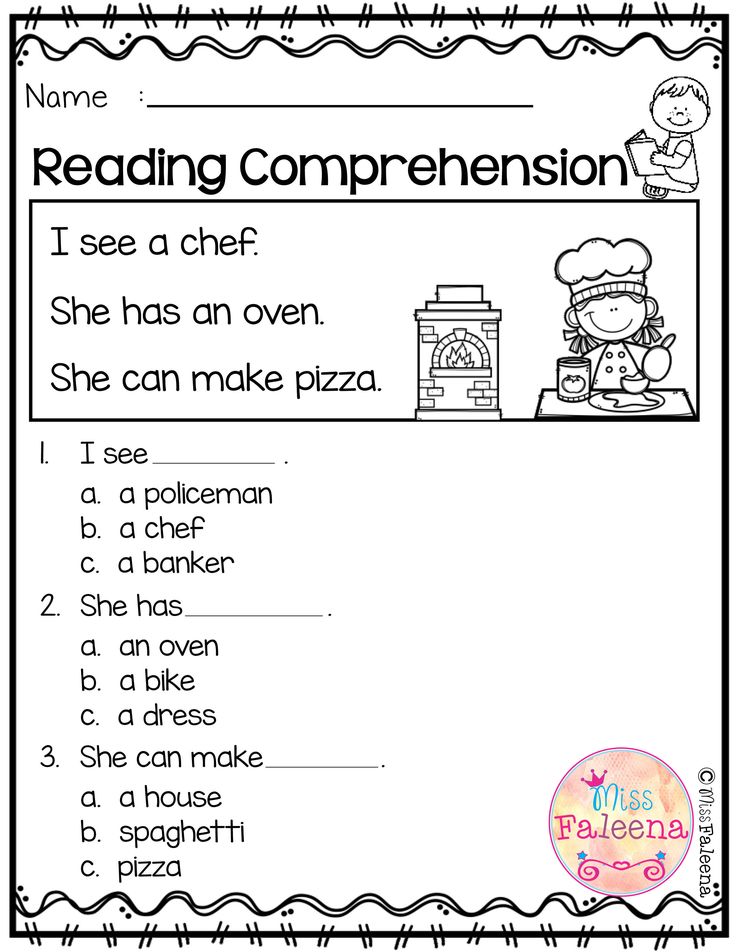 This process becomes meaningful, intellectual. Perception turns into a cognitive activity with specific goals and methods for obtaining results.
This process becomes meaningful, intellectual. Perception turns into a cognitive activity with specific goals and methods for obtaining results.
A preschooler wants to understand how a mechanical toy works. He is interested in how a sprout appears from a seed. The child seeks to independently check how many oranges are required for one glass of juice. To get answers to such questions, children act.
Cognitive research activity develops intellectual feelings. The child experiences joy from the fact that it was possible to understand the question so puzzling him, surprise at learning a new one, amazement at an unexpected discovery, excitement in an effort to solve a problem.
Methods and techniques of cognition
The craving for cognition organizes the child. Cognitive interest, the need to learn something requires setting a goal and subordinating your actions to it. You need to show organization, perseverance, independence and initiative. The development of cognitive processes acquires the most important quality - arbitrariness.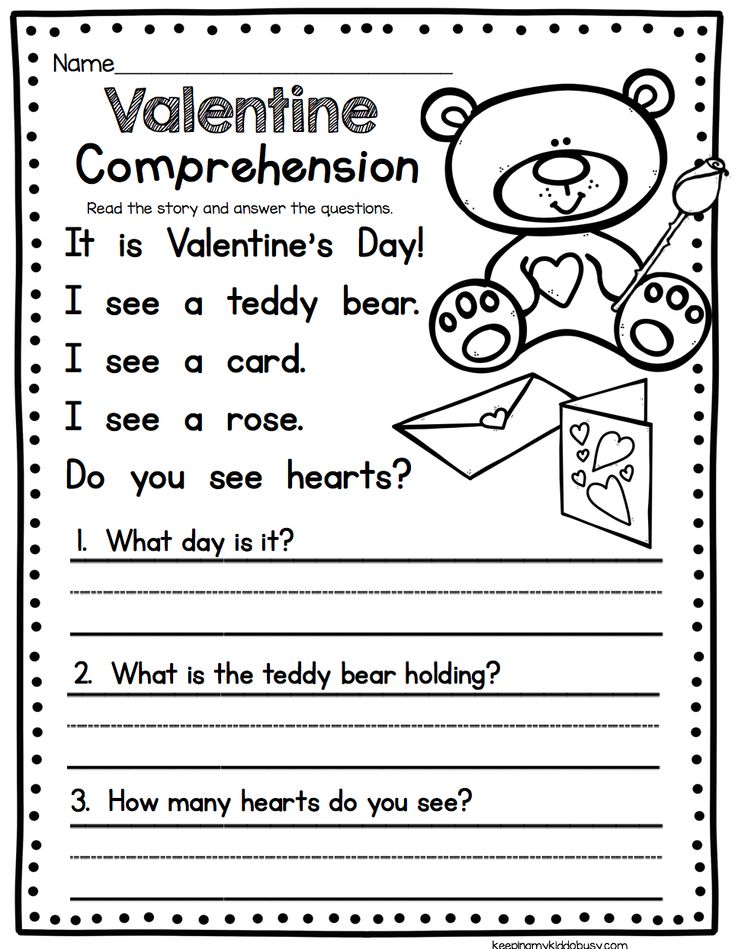
Activities aimed at discovering and gaining knowledge are associated with the arbitrariness of mental processes.
Cognitive communication with adults gives a preschooler a lot. Inquisitive kids pour in questions. This is the easiest way to expand your awareness. In communication with an adult, cognitive tasks are solved, but this method of obtaining ready-made knowledge does not give the awareness that the child needs. Therefore, preschoolers are looking for other ways to get information.
Experimentation
This form of cognitive activity is aimed at obtaining characteristics and qualities of an object or phenomenon that are inaccessible to direct perception. The idea to literally “get” knowledge belongs to the child himself. He independently, without the participation of an adult, sets himself a task and finds the means to solve it.
Children's experimentation is extremely flexible. The preschooler tests the most incredible assumptions and uses unusual ways in his experience.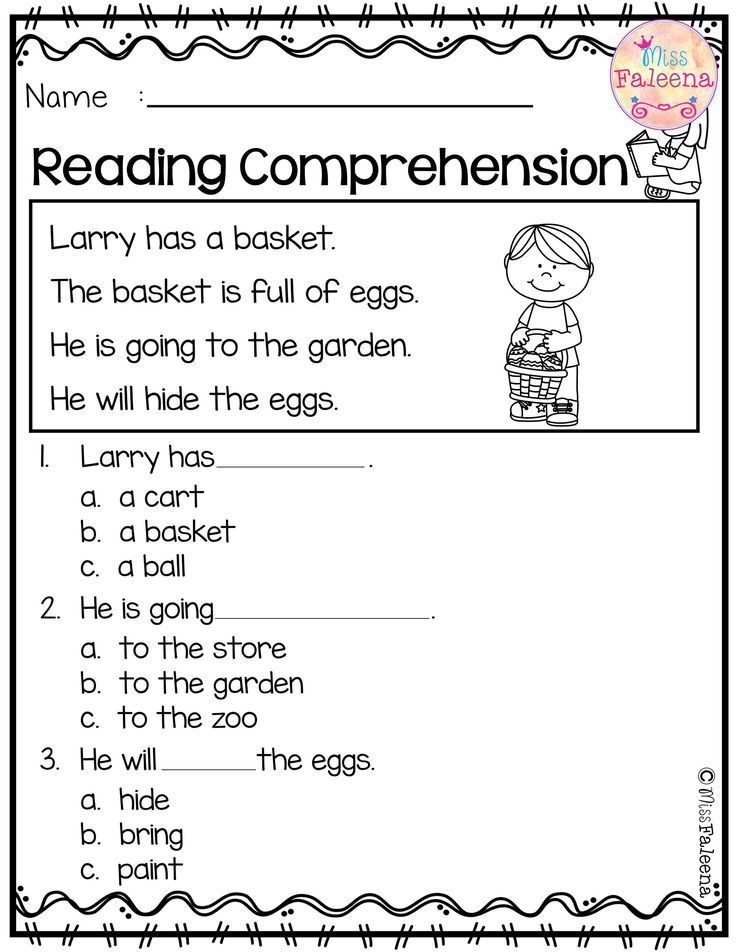
Can a shoe float, is it possible to eat soup with a fork, as mother's lipstick draws - such questions do not tolerate dry answers. Children prefer to get answers to such questions on their own with the help of an experiment.
Trials are inevitable in experimentation. It didn't work out that way, you need to check otherwise. A preschooler in this respect acts much more correctly than an adult. He is not afraid to make mistakes, but repeats his experiment, drawing conclusions and changing the conditions. “The shoe has sunk, the leaf is floating. How about the slippers?"
When conducting independent experiments, children learn to make assumptions and original judgments, analyze the relationship between cause and effect, and develop logical thinking.
Search and research activity
When a question becomes a means of independent cognition, research activity of preschoolers is activated. Six-year-old children, reading and considering various children's encyclopedias or observing various phenomena of life, formulate search questions.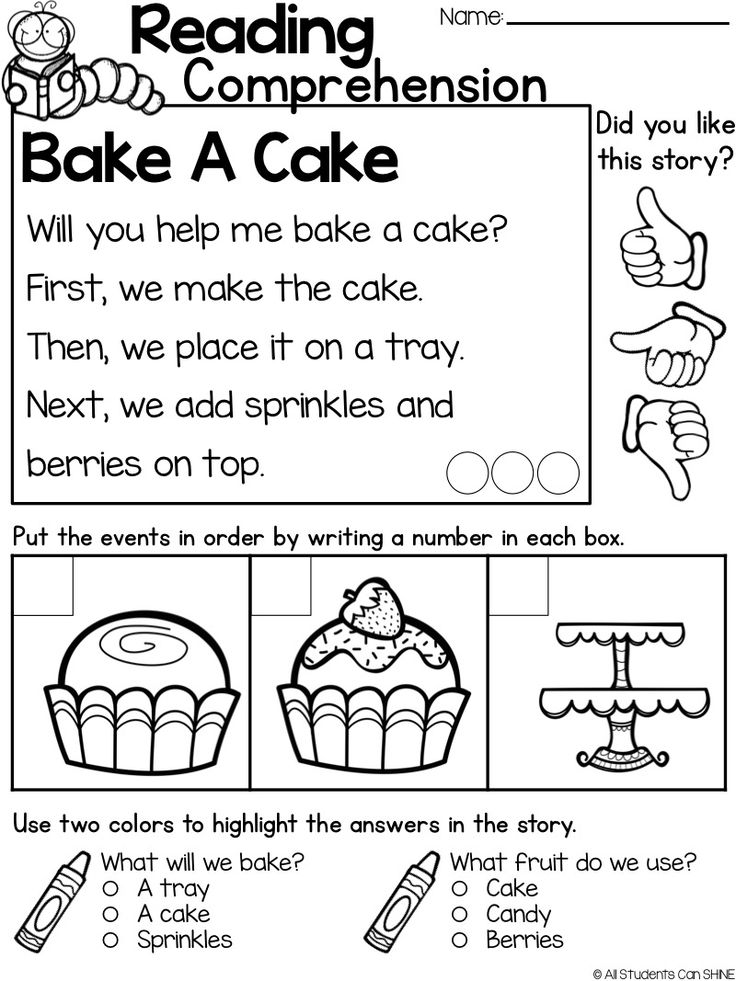 And they are actively involved in the search for answers. If a child attends a kindergarten, his opportunities expand, since the independent activity of children in a preschool educational institution is encouraged.
And they are actively involved in the search for answers. If a child attends a kindergarten, his opportunities expand, since the independent activity of children in a preschool educational institution is encouraged.
Exploratory research activity is well structured and consists of several steps:
- hypothesis formulation;
- choice of means for receiving a response;
- actual action;
- correlation of the result with a hypothetical assumption;
- final conclusion.
For example, puzzled by the question of whether dinosaurs could exist at the present time, a preschooler begins to find out at what time they lived on our planet, what they ate, why they disappeared. He puts forward his hypotheses regarding existence in modern conditions, looking for arguments for and against.
Game activities and technologies
Since a preschooler spends most of his time in the game, cognitive activity permeates game plots and actions. The game acts as a visual model of relations in society and gives a lot of information to the child.
The game acts as a visual model of relations in society and gives a lot of information to the child.
On the one hand, the preschooler acquires important knowledge by performing various roles. But on the other hand, games are often created as an illustration of the cognitive process.
Children are interested in weighing with weights, they include this element in their story. They mastered the action of a compass - they draw circles for a new game.
At present, many knowledge systems intended for preschoolers are presented in the form of play technologies. Such a presentation is understandable and familiar to the child, and has established itself as an effective educational and cognitive activity of preschoolers.
Stages of development of cognitive research activity of preschool children
Let's try to identify the stages of how cognitive research activity is formed in preschool children. Obviously, the propensity to survey and experiment for the sake of acquiring knowledge does not appear overnight, but develops gradually.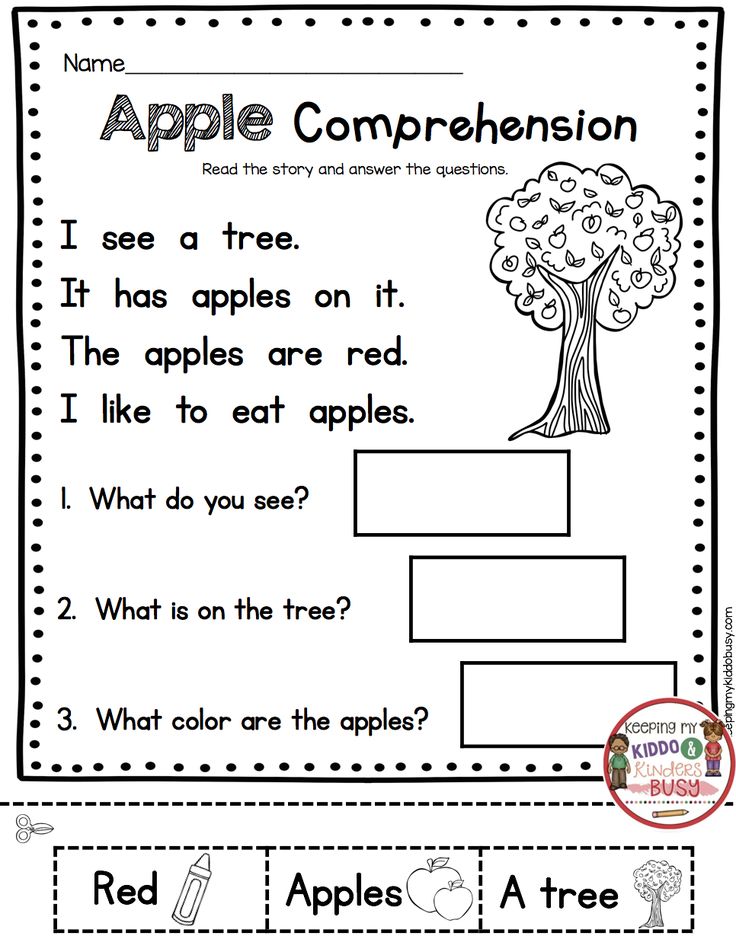
- The first attempts at purposeful research activity appear in 3-year-old children. By this age, the child already manages to hold the goal, and not just manipulate objects. For example, do not pour sand with a scoop into a bucket for the sake of the action itself, but fill it to the top and pour it somewhere else. If for some reason the actions are unsuccessful, then the baby does not abandon his idea and persistently repeats.
- The next stage is connected with the formation of the ability to examine objects more carefully. Attentive examination, highlighting the constituent details, attention to shape and size make it possible for a 3-4 year old child to notice something new, to discover unexpectedly important properties and connections. For example, a preschooler used to see a ladybug only in a picture, but on a walk he noticed an insect on the grass. The kid examines the bright insect with interest, watches how it moves along the leaf ... But then the ladybug opens its wings and takes off, which incredibly surprises the young researcher.
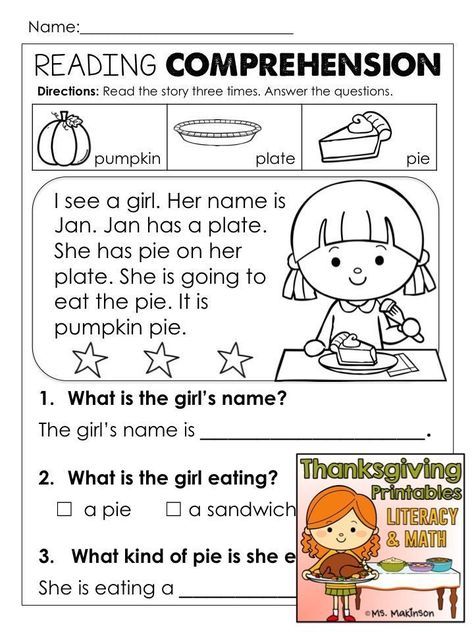 There was a real discovery for the baby, and new knowledge was firmly entrenched in his mind.
There was a real discovery for the baby, and new knowledge was firmly entrenched in his mind. - At 4-5 years of age, cognitive activity is not limited to simple actions, observation and questions, but is supplemented by experimentation, which is preceded by a simple analysis. The main motive is to gain new knowledge, and for this you need to consciously set a goal, complete a cognitive task, and even correlate the result with intentions. The information obtained in an independent experiment is only supposedly true. The child feels this, so he tries to find confirmation in the answers of the adult.
- The highest level is represented by actual cognitive research activity at the senior preschool age. The main characteristics of this stage: the child masters a specific and precise statement of the question that requires clarification, and also formulates hypotheses, what kind of answer is possible. He is able to offer new ideas to solve the problem.
Stimulation of the need for cognition in preschoolers
All activities at preschool age need sensitive support from parents and educators.